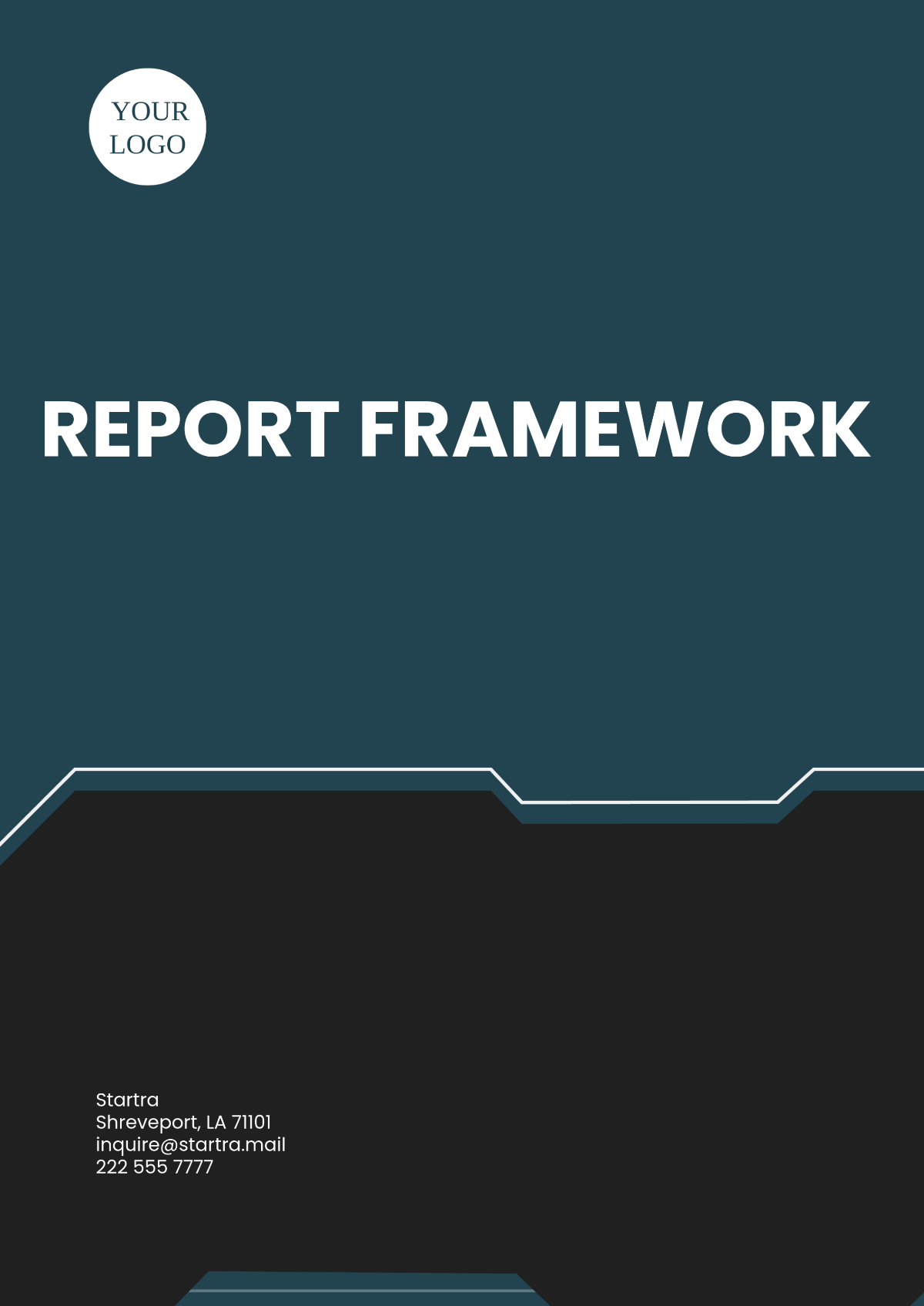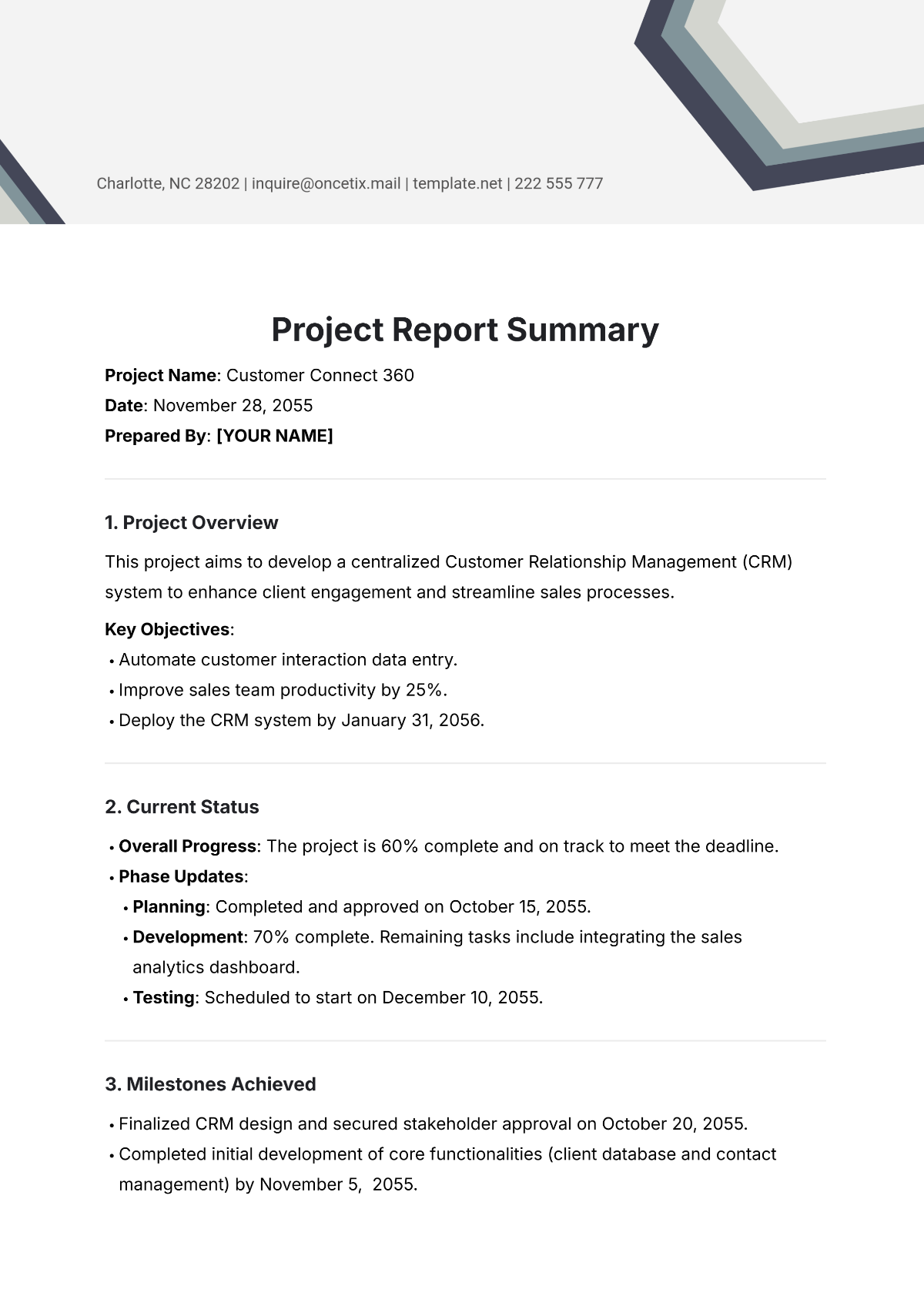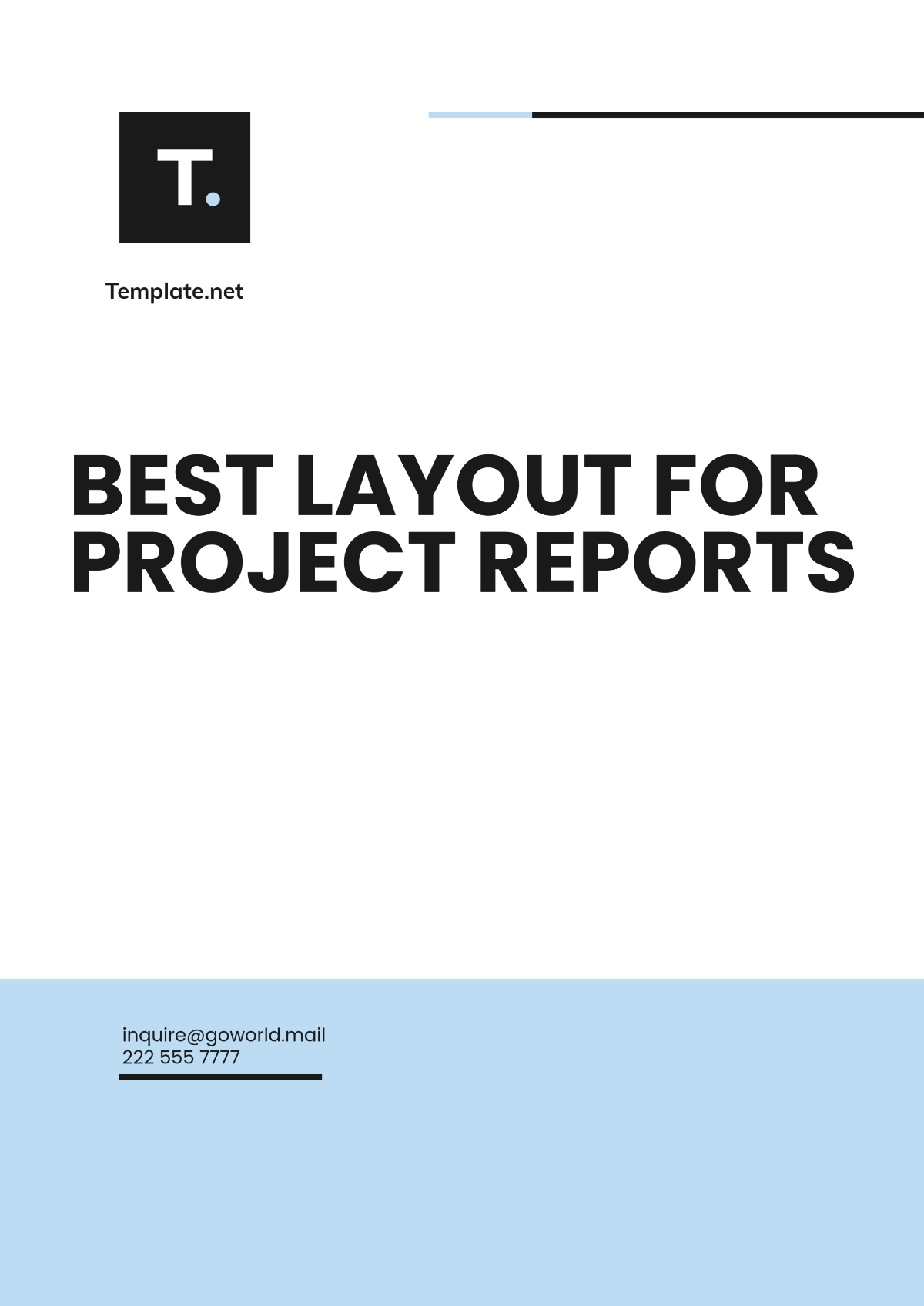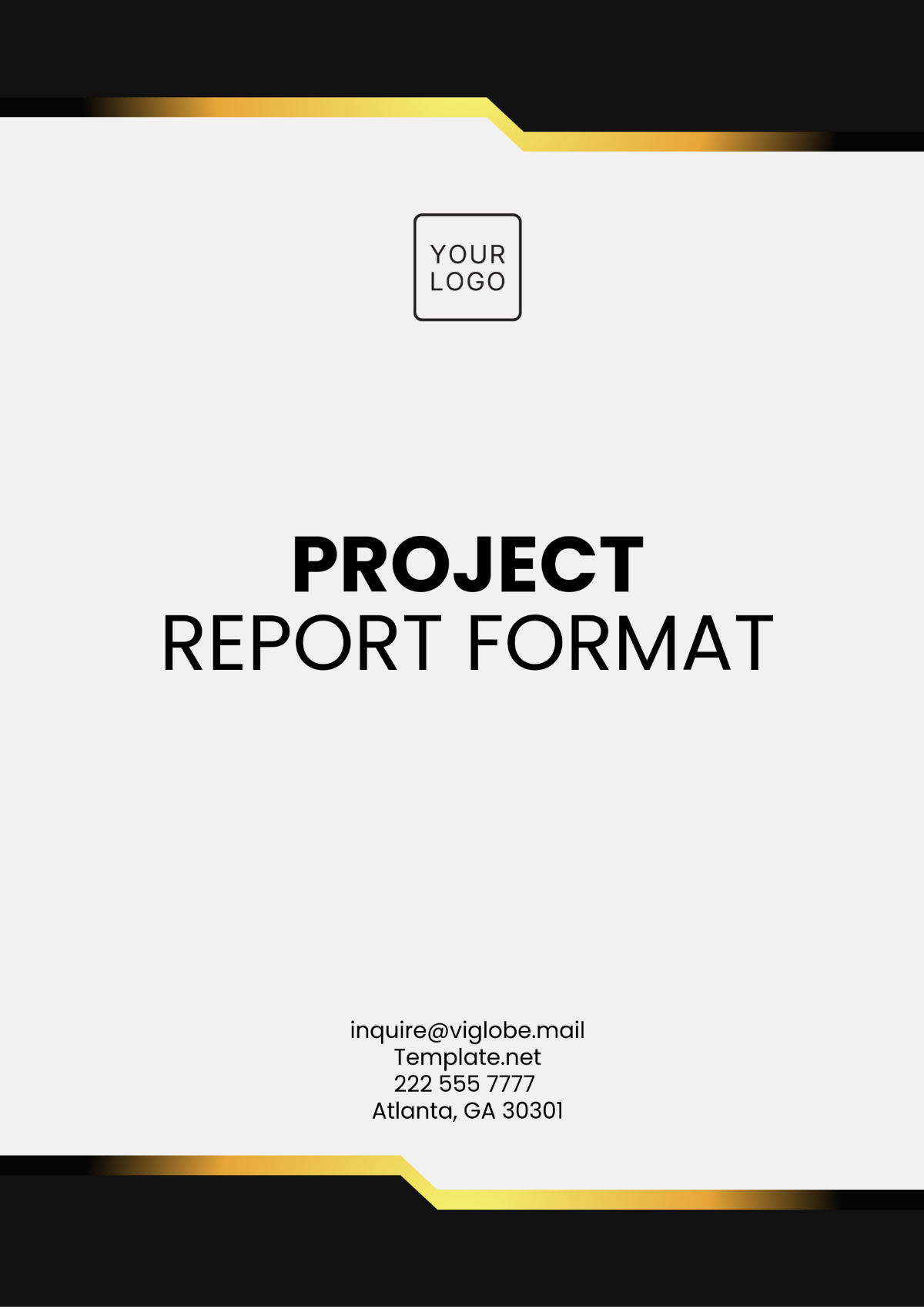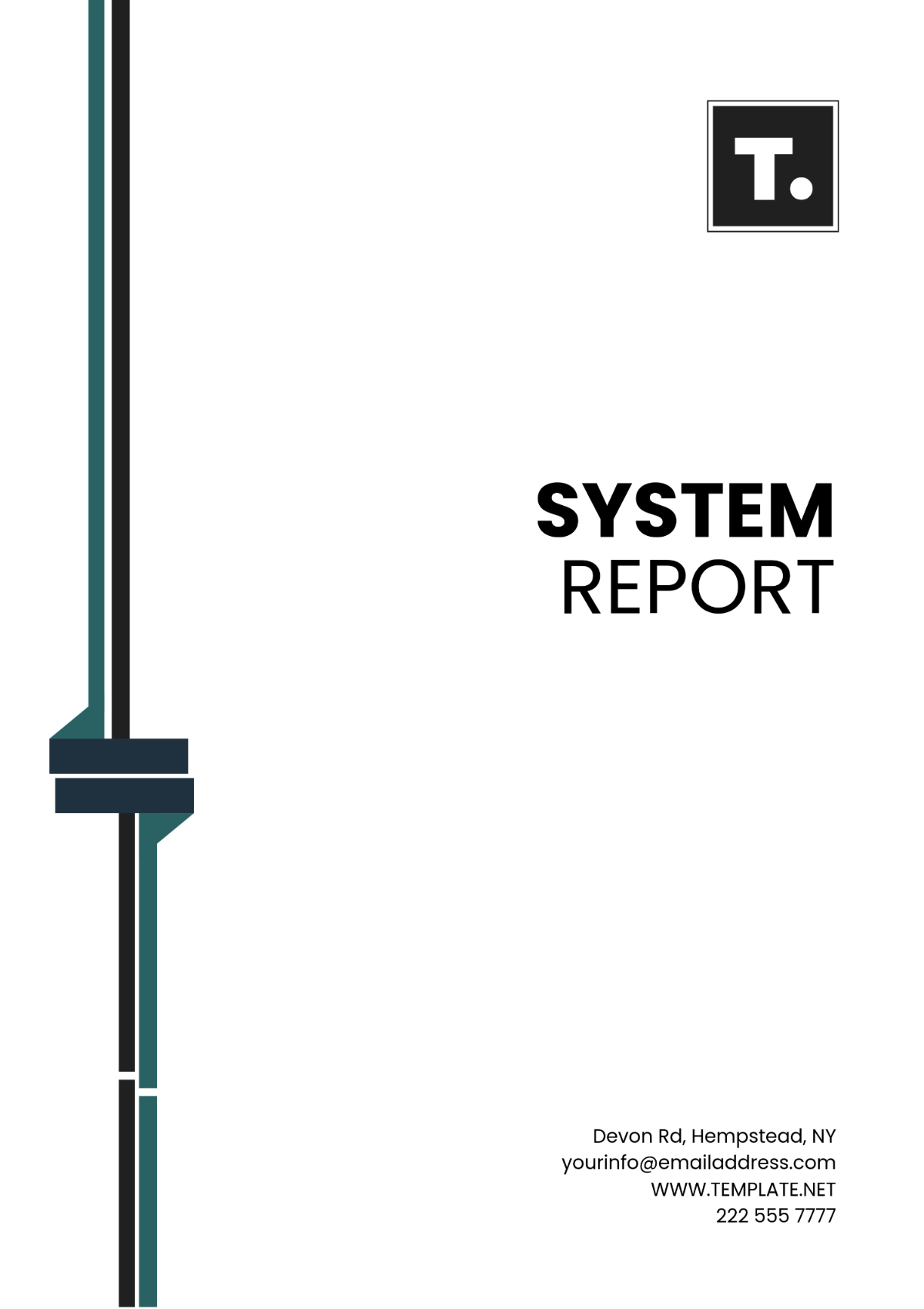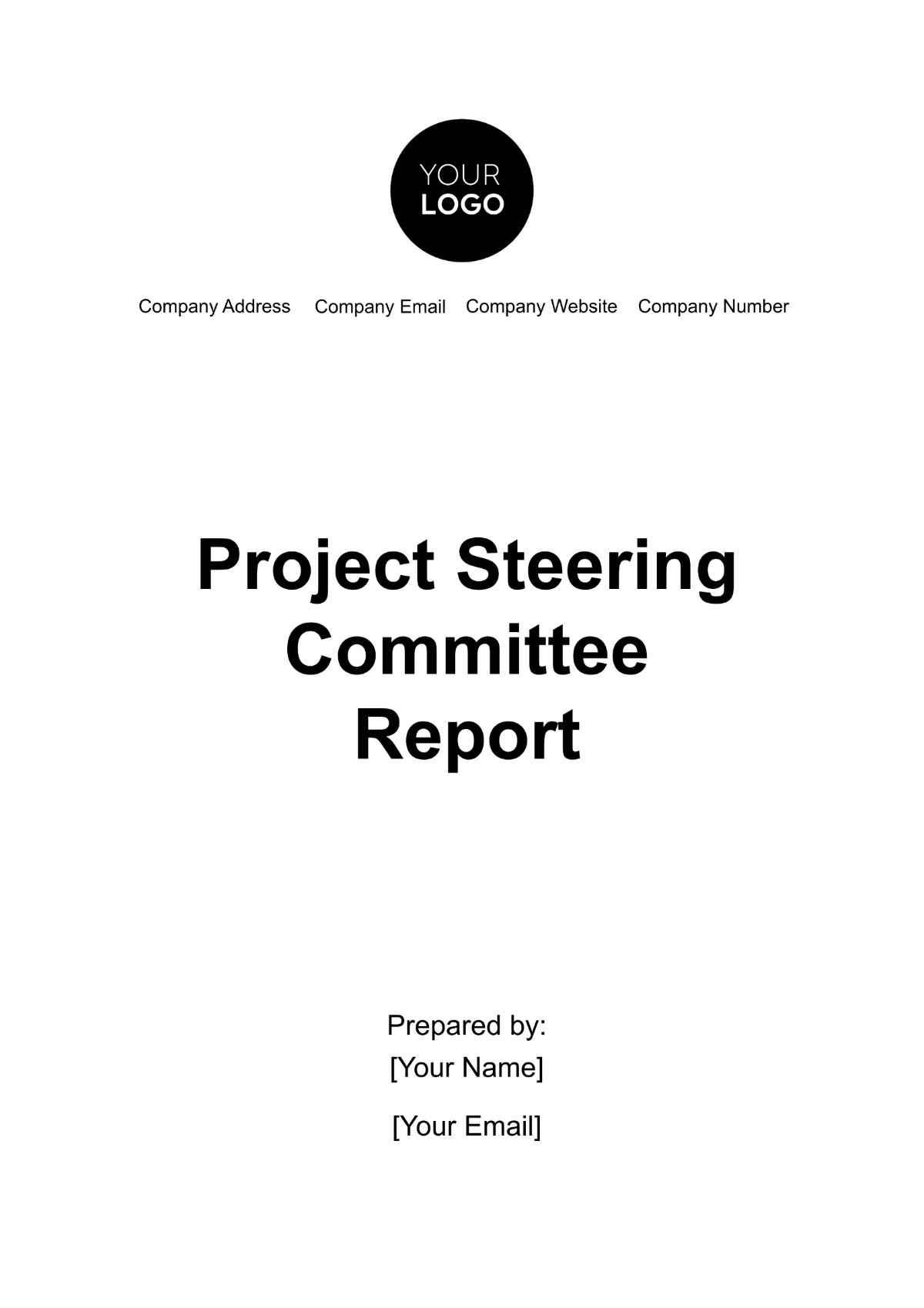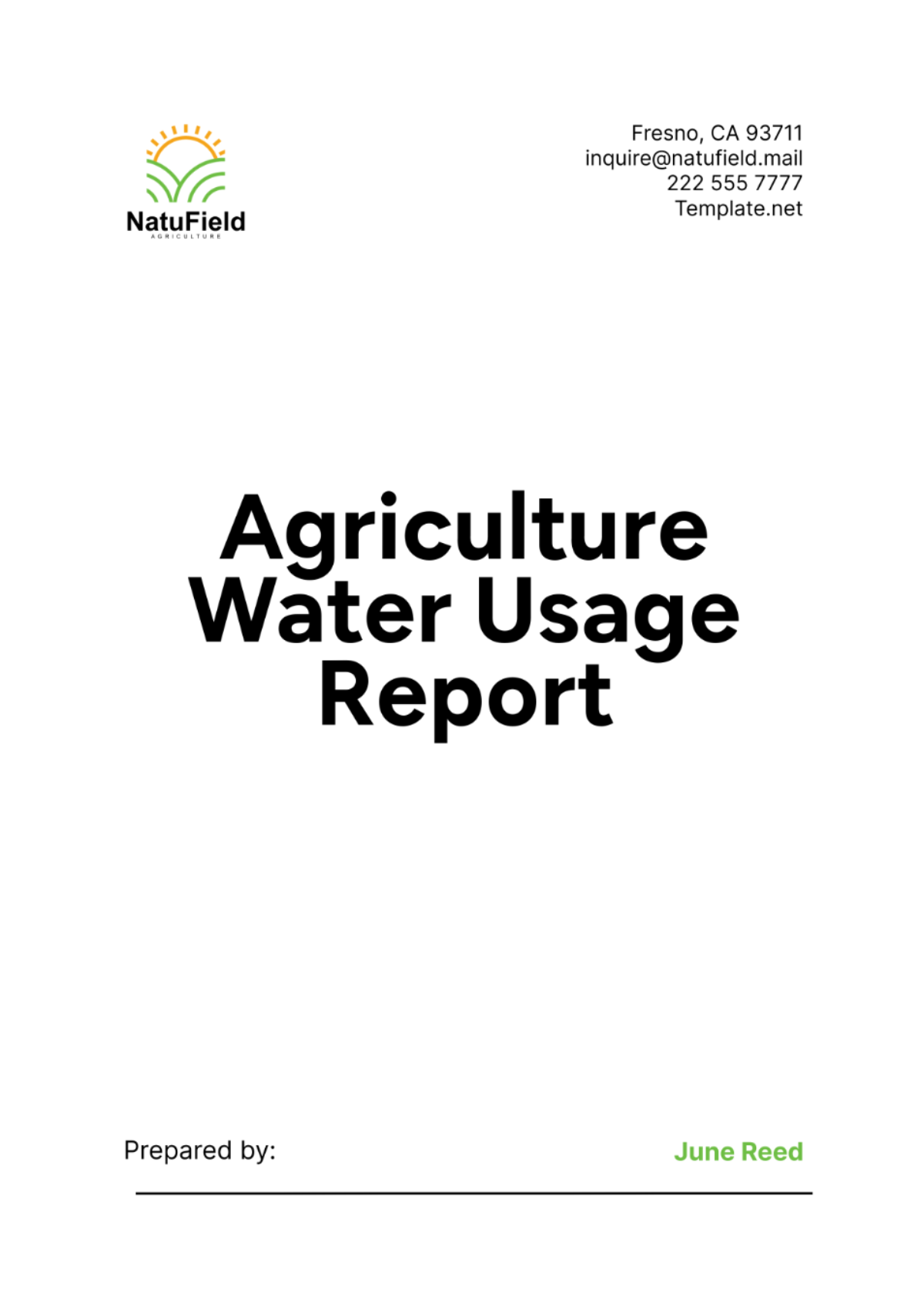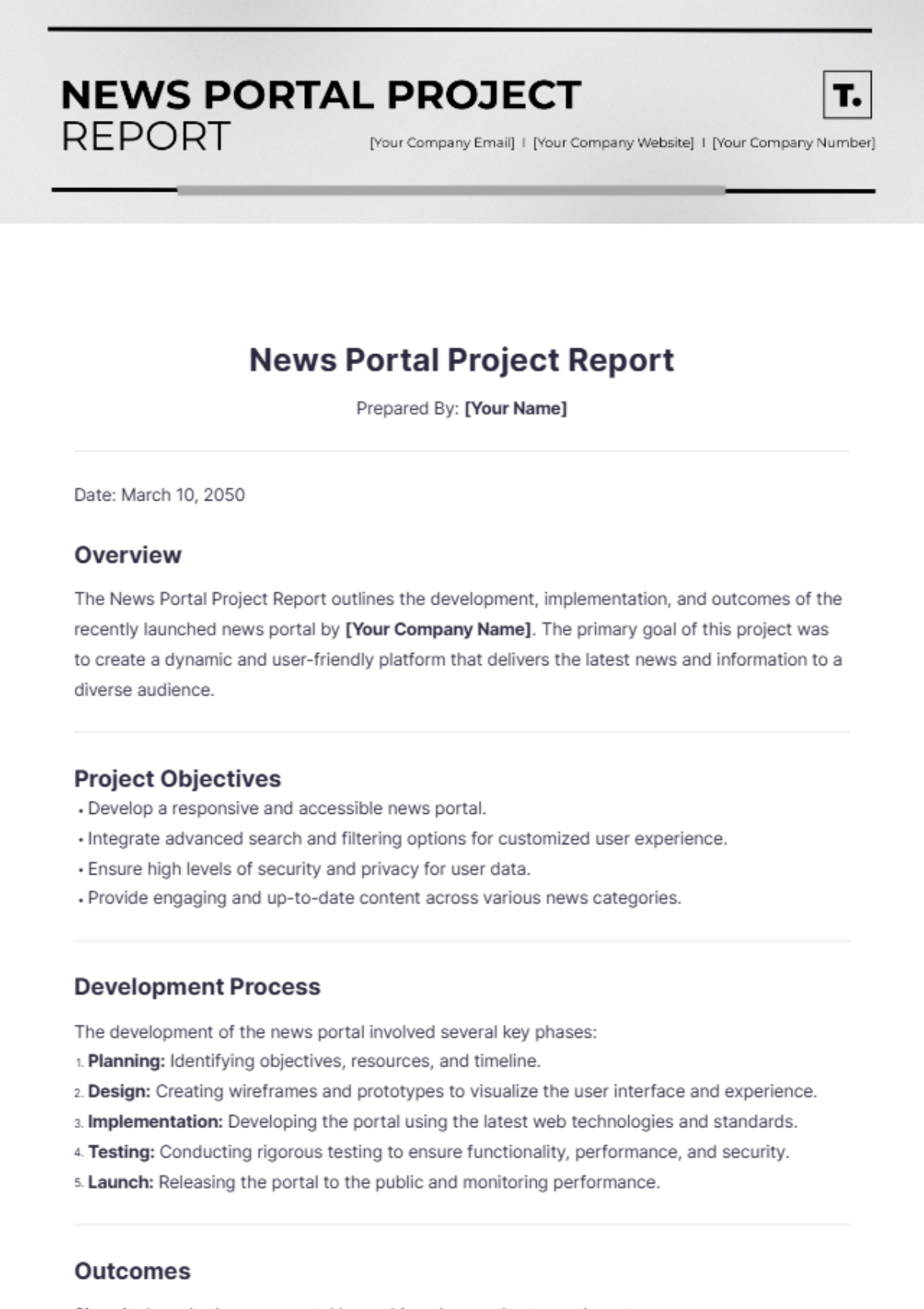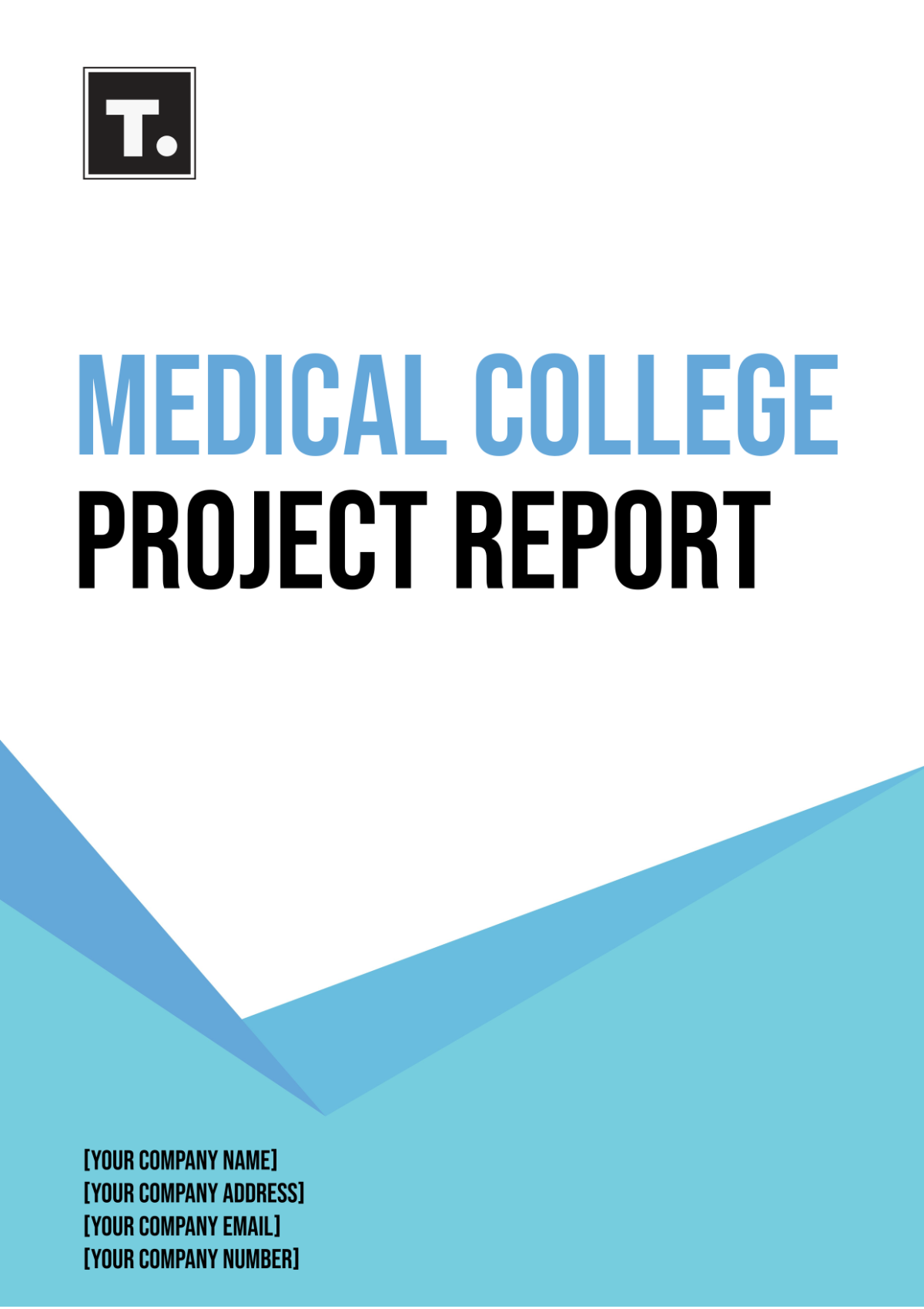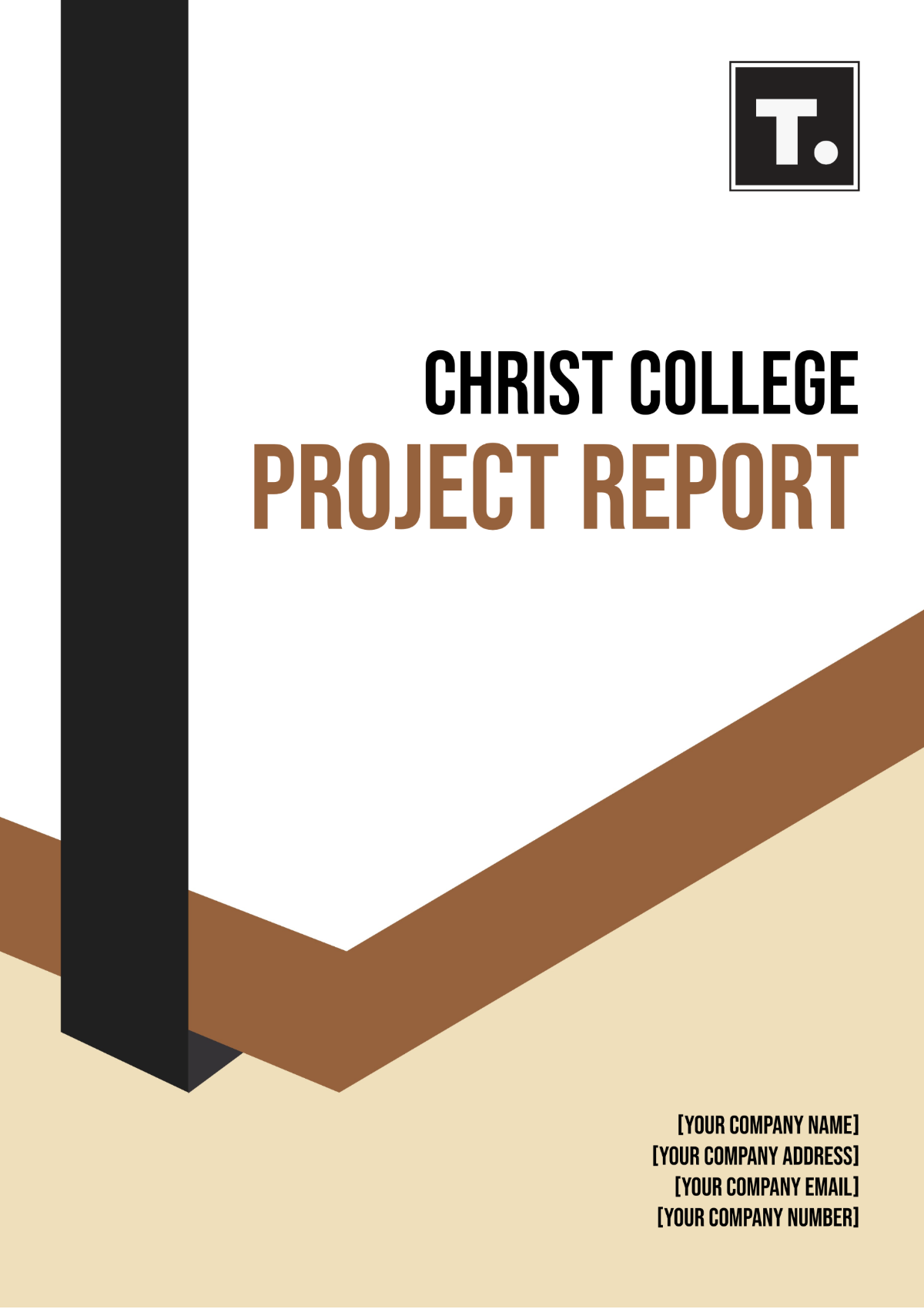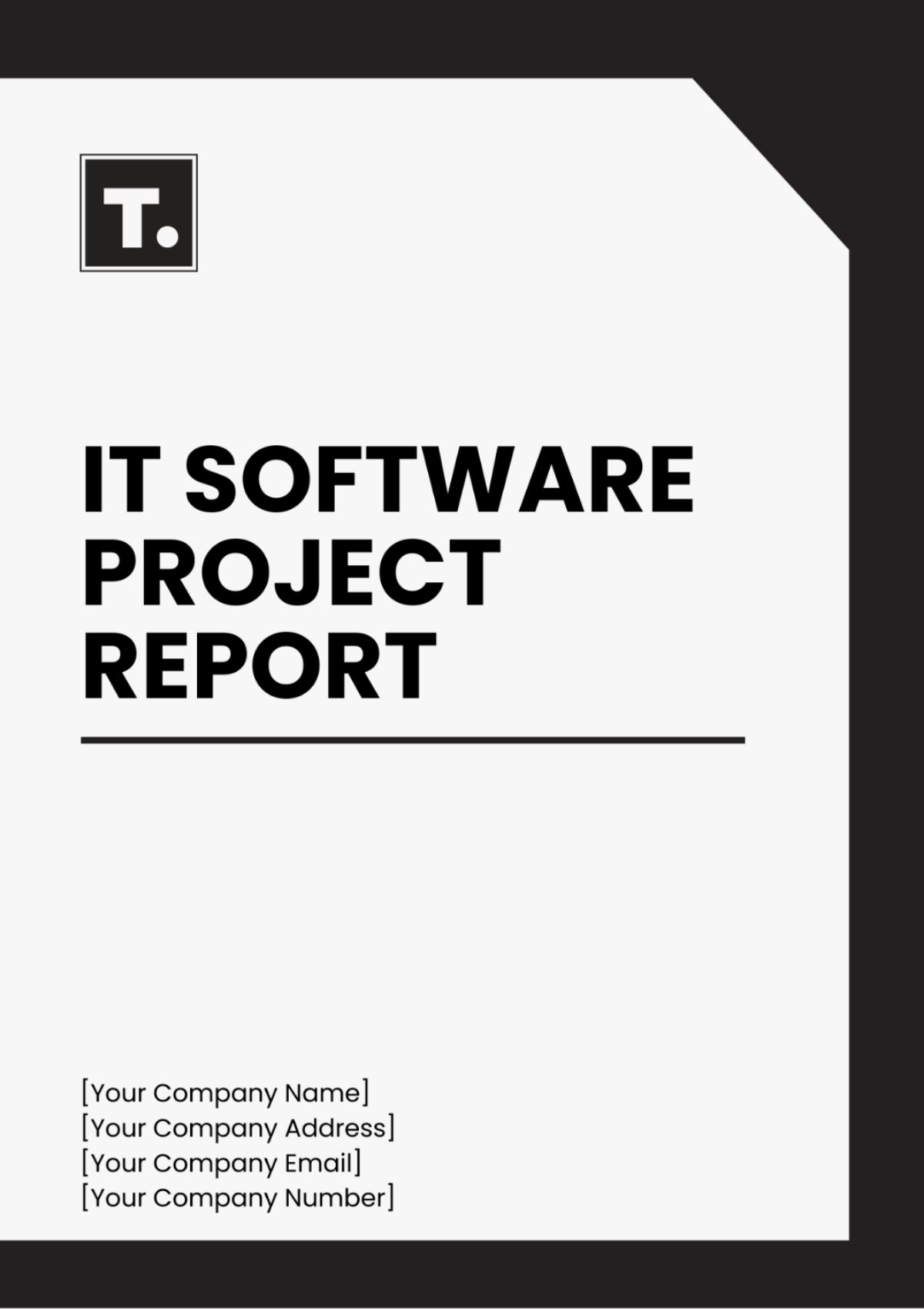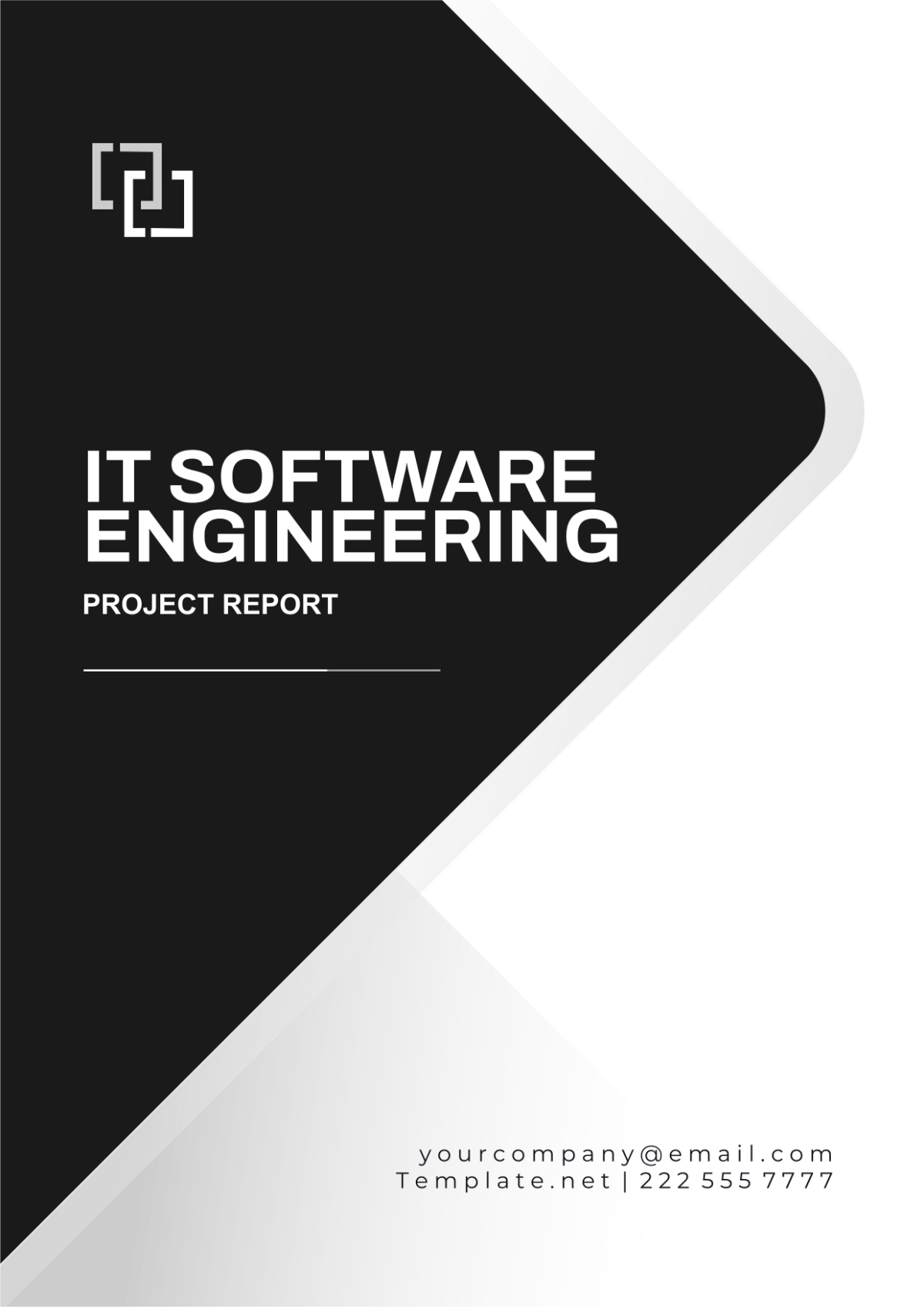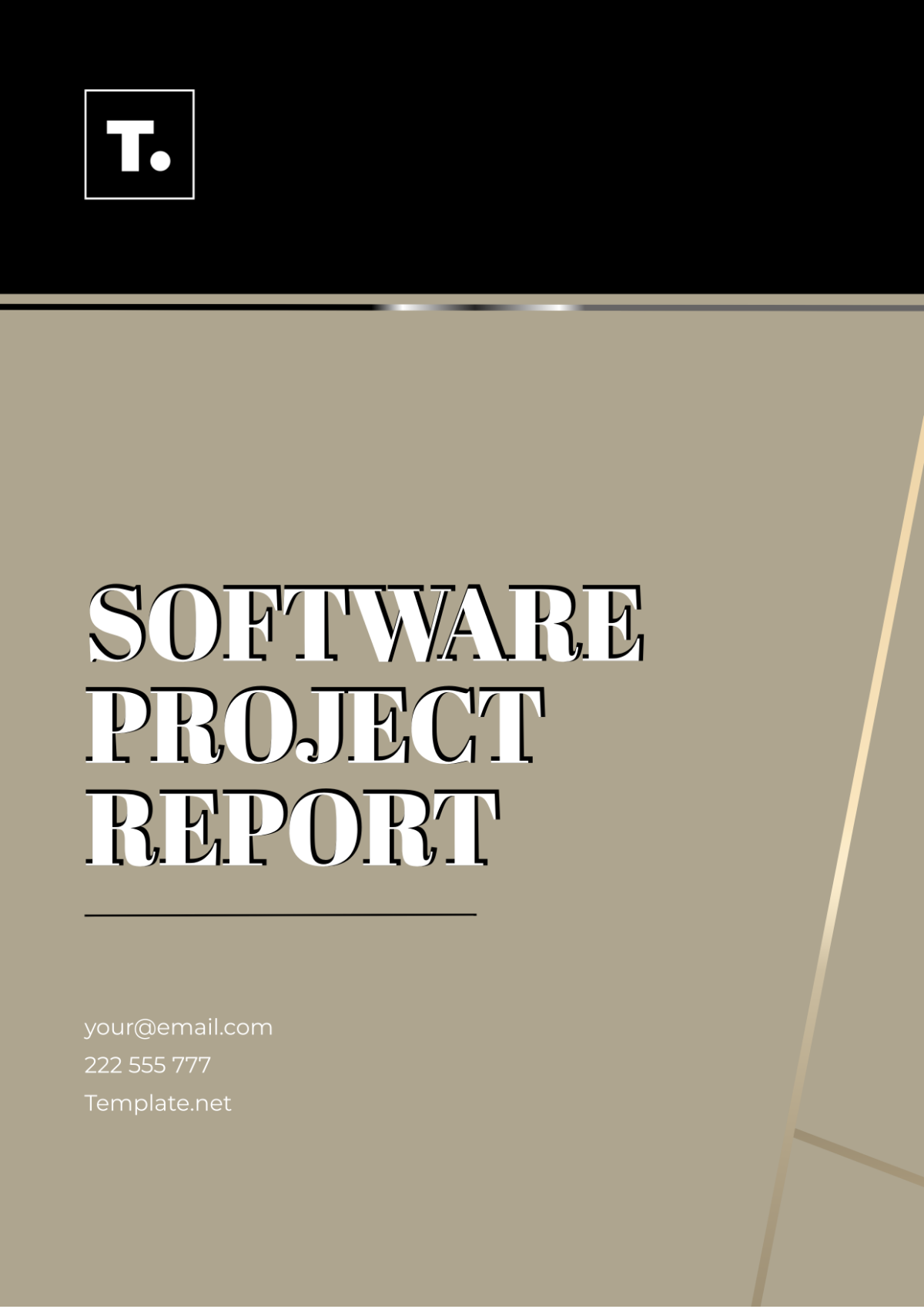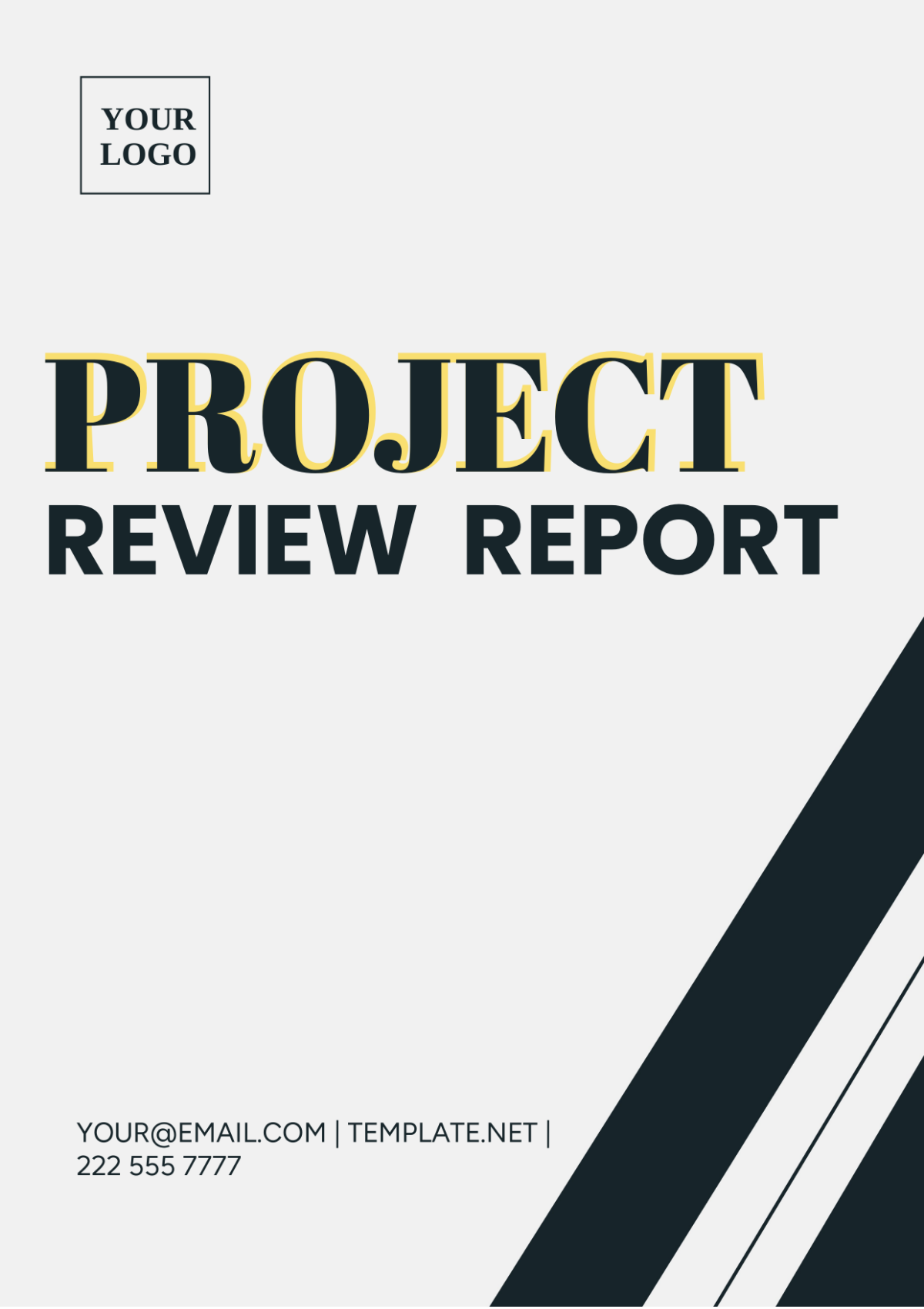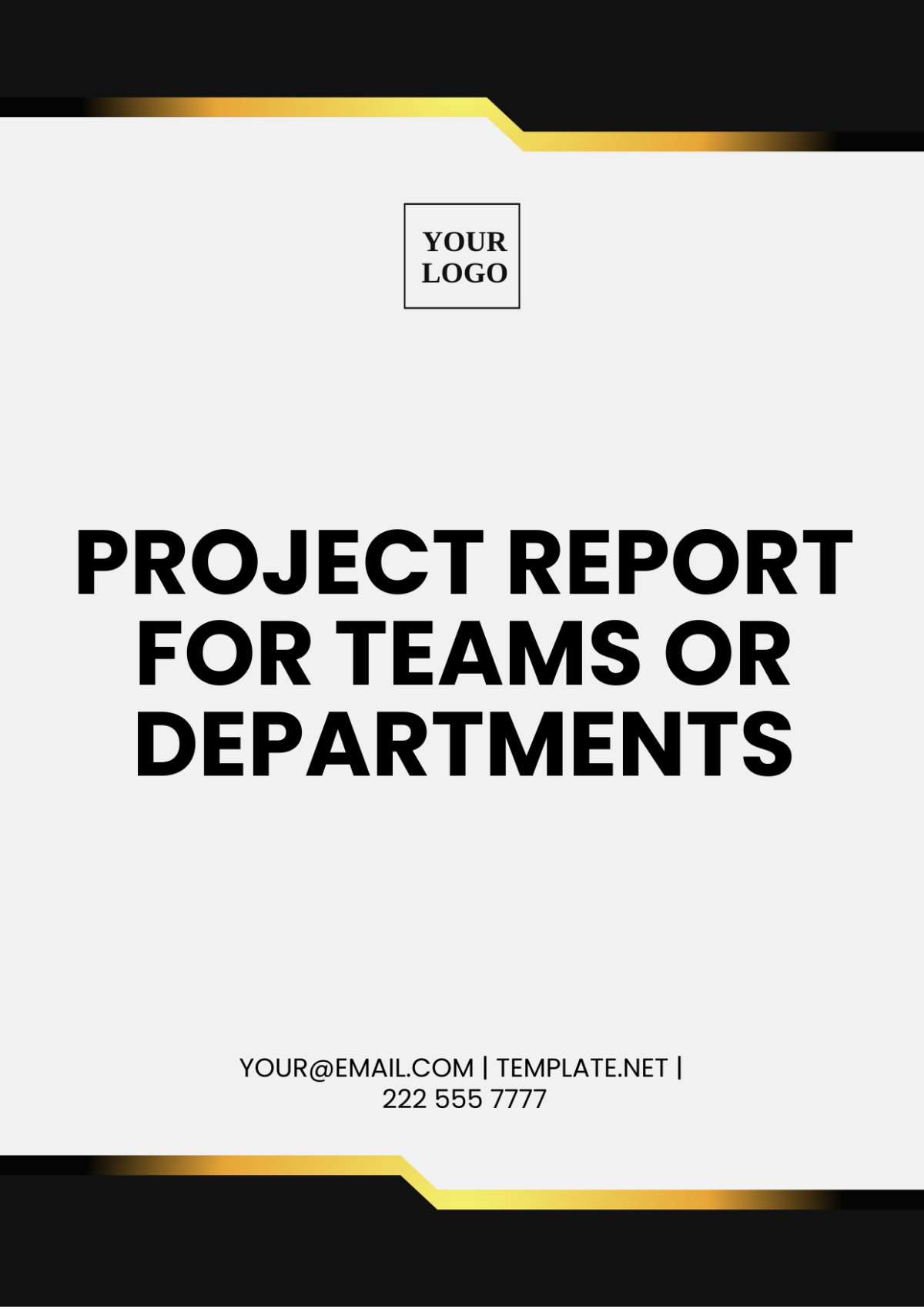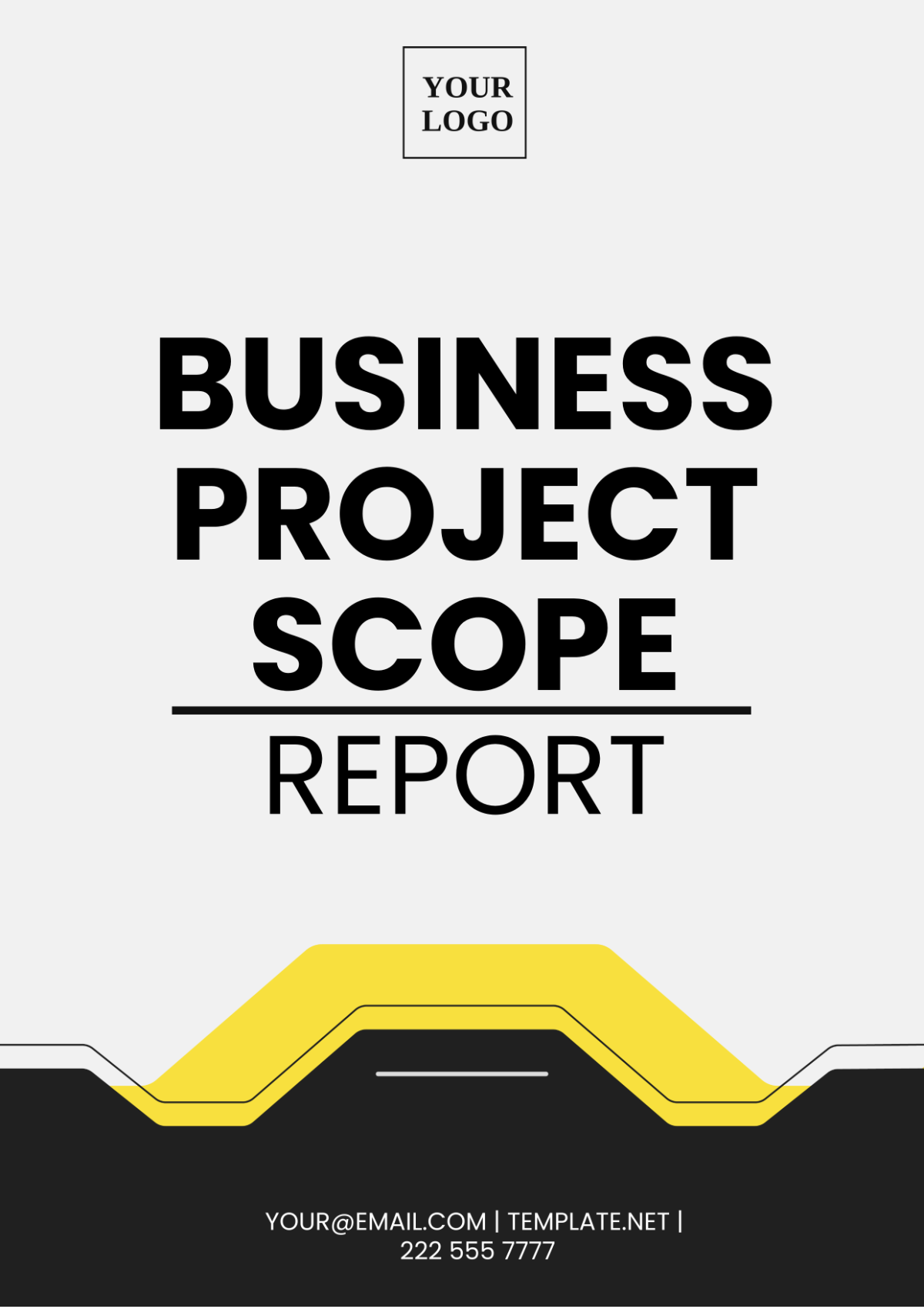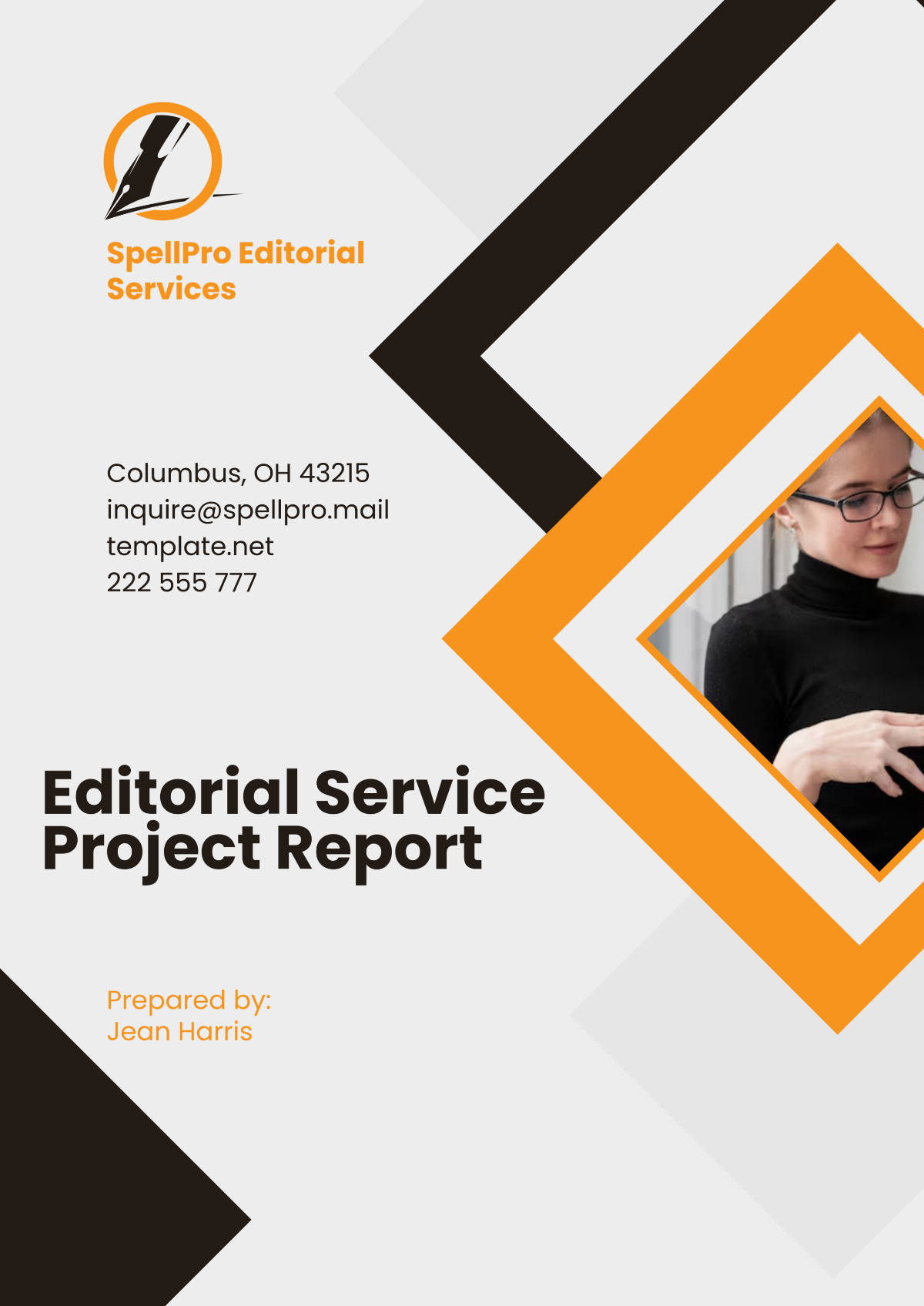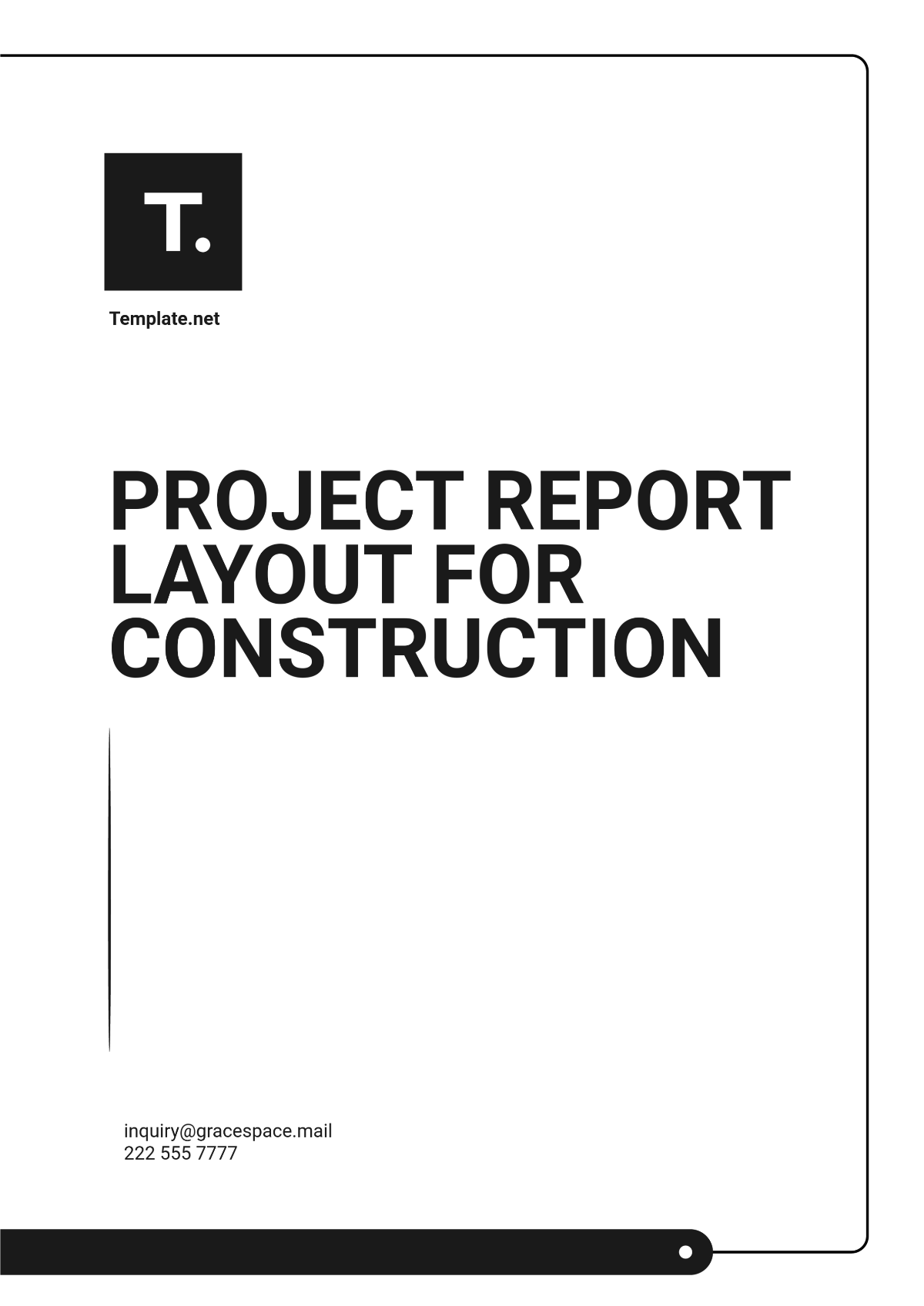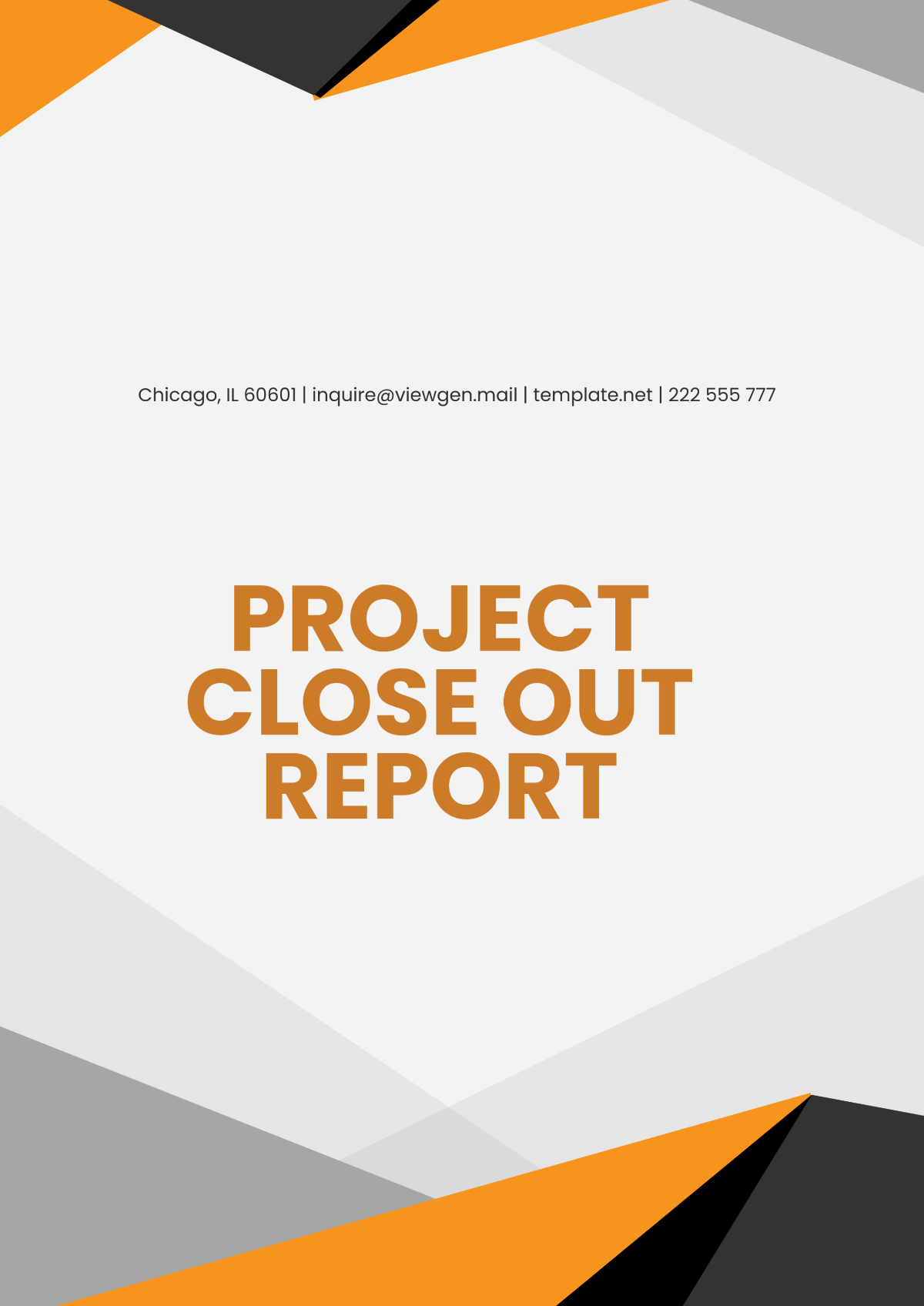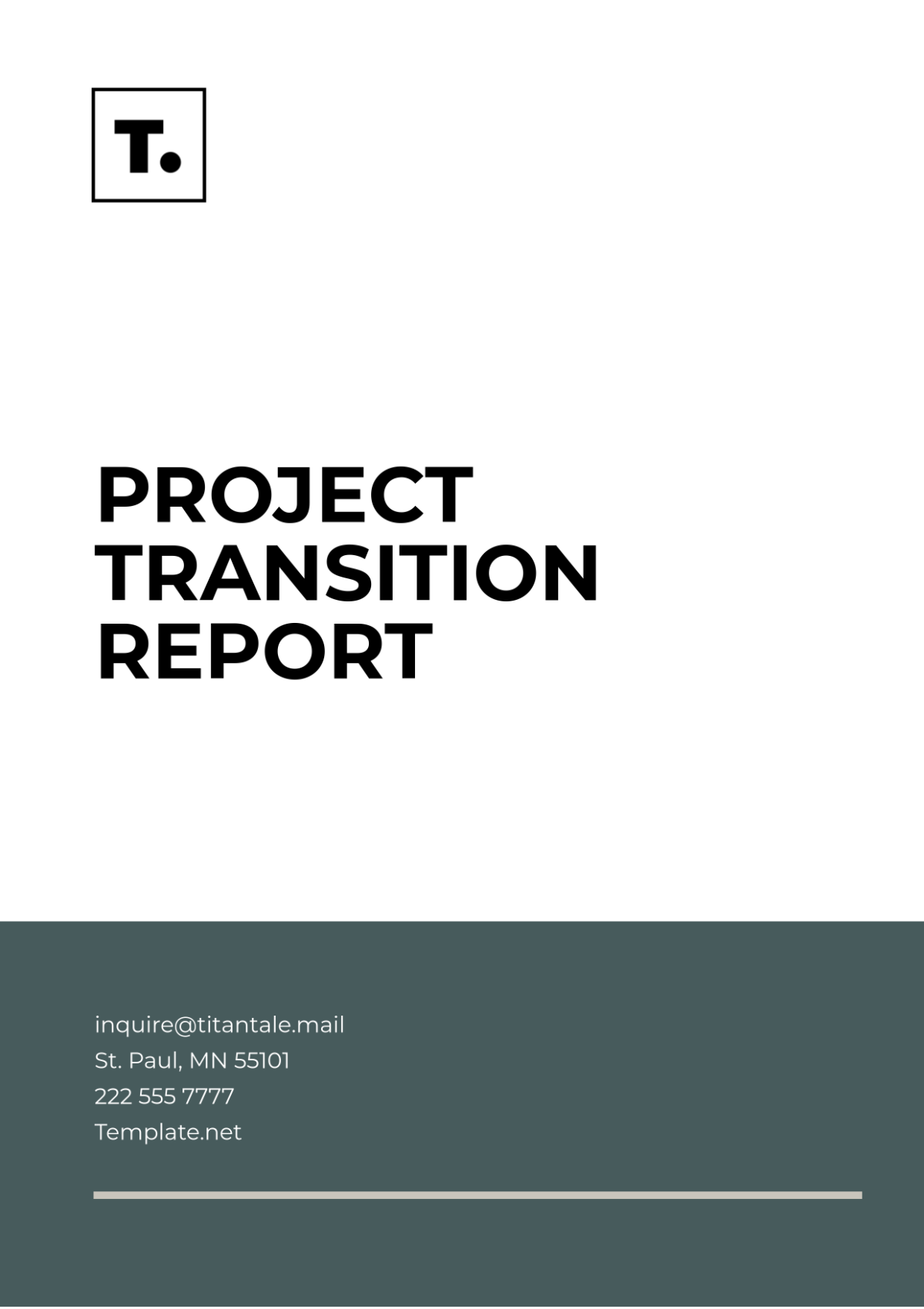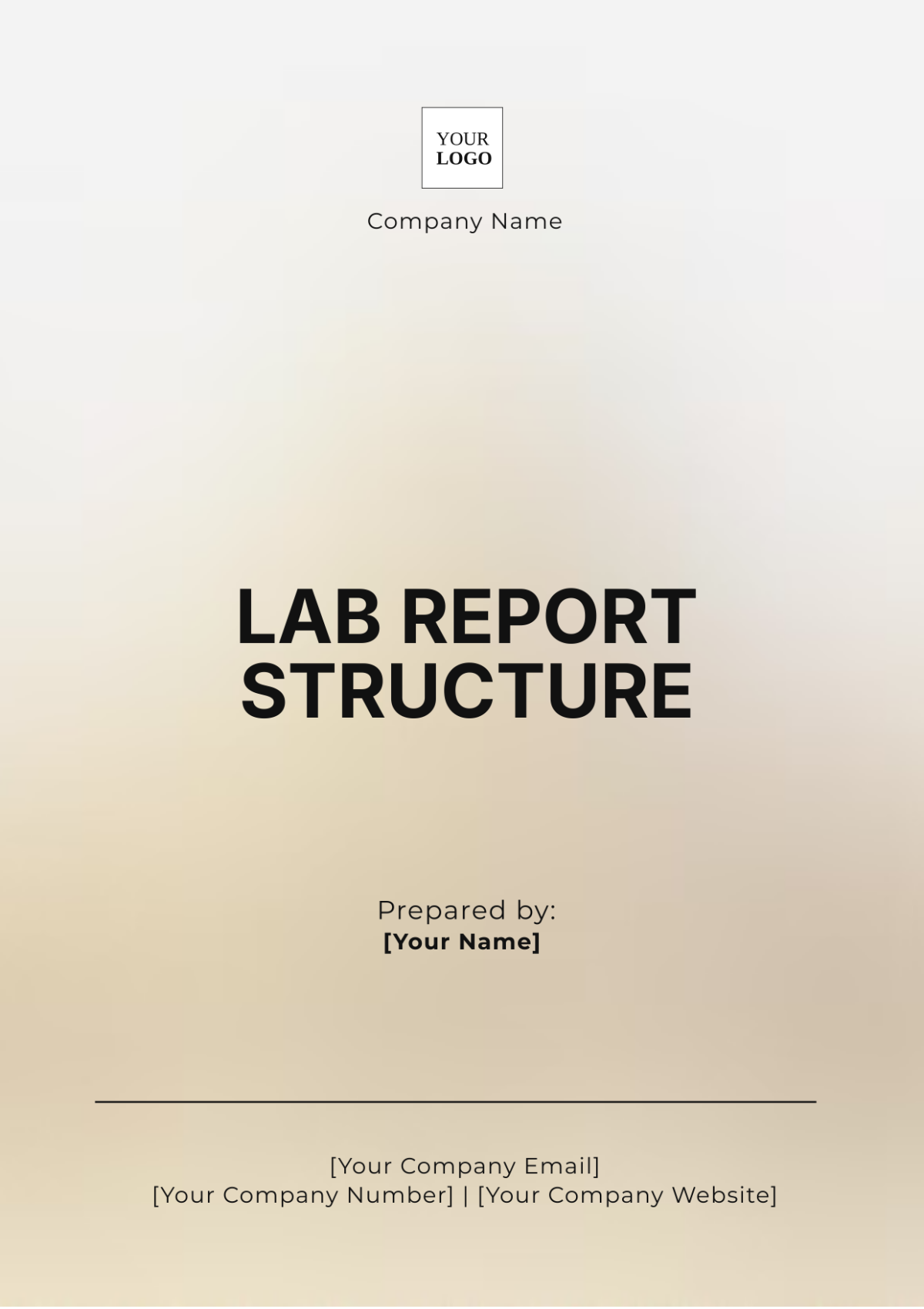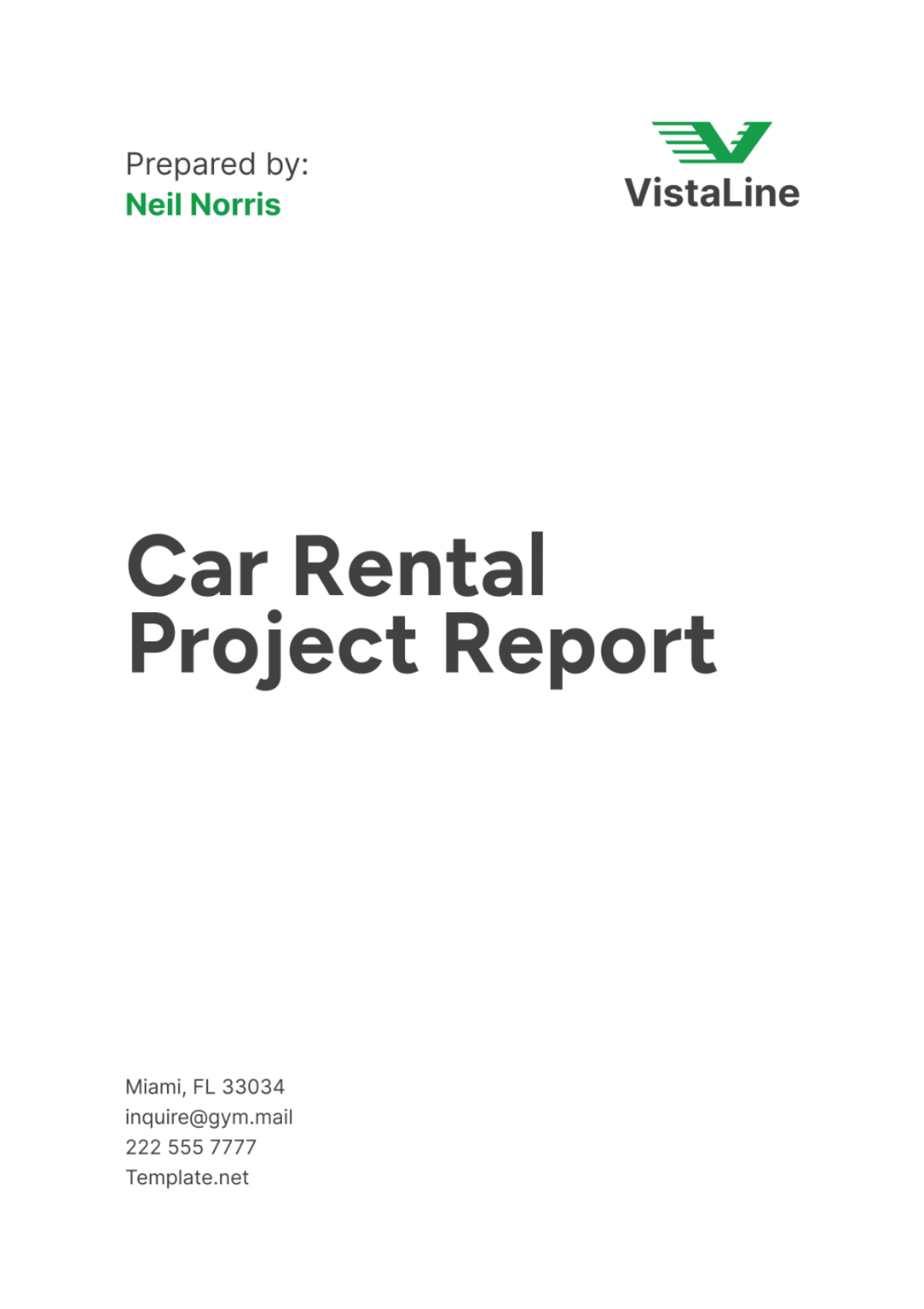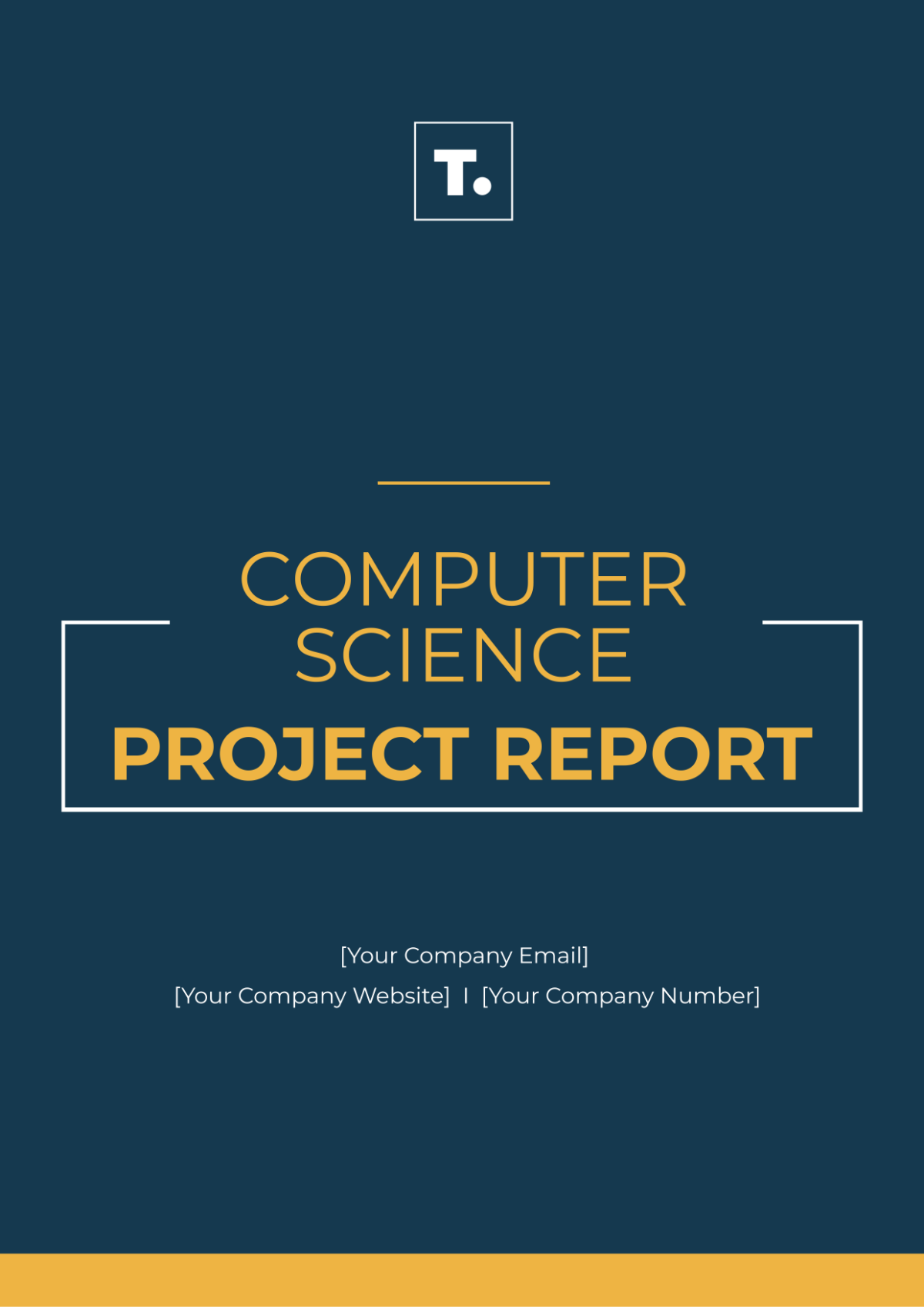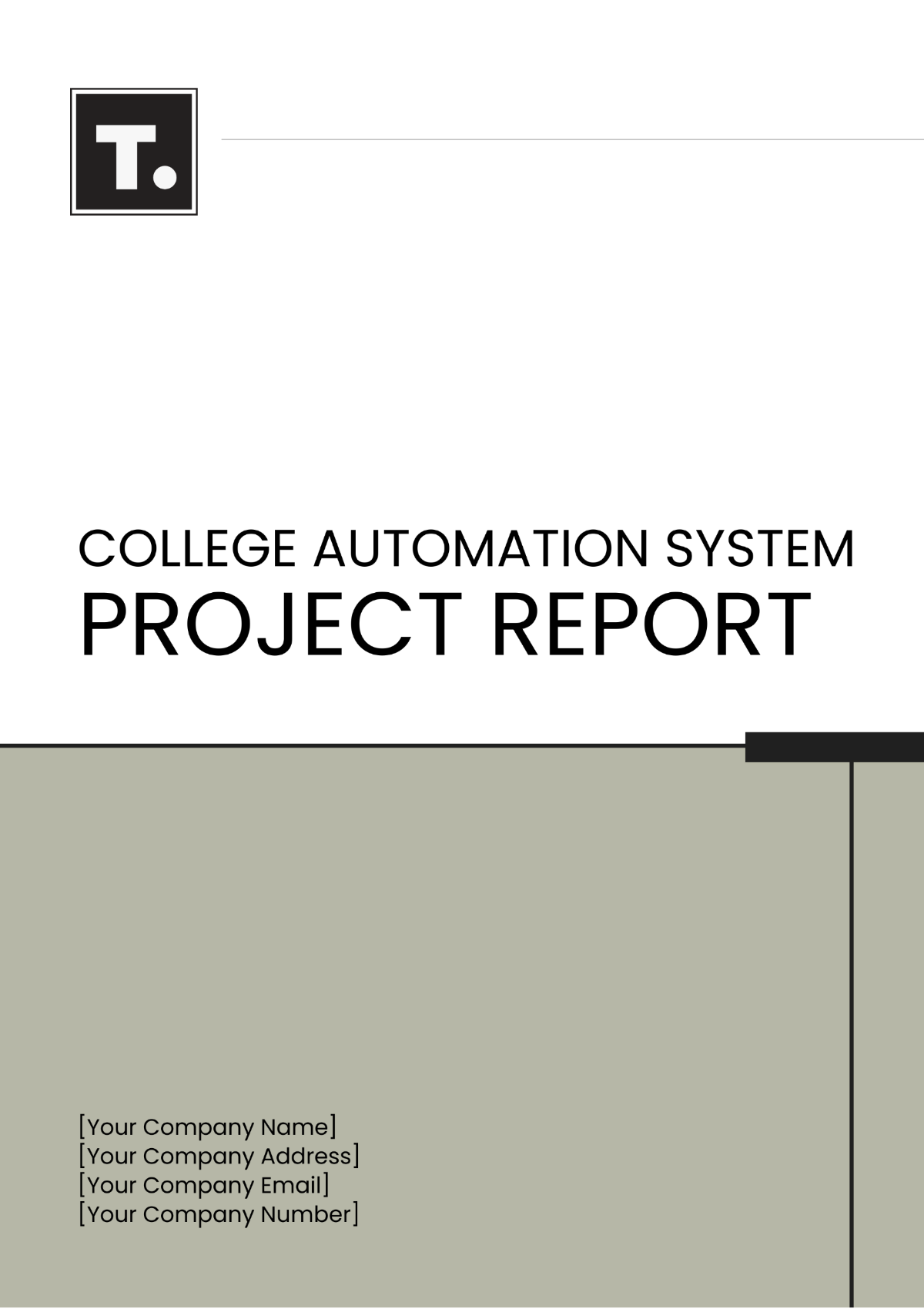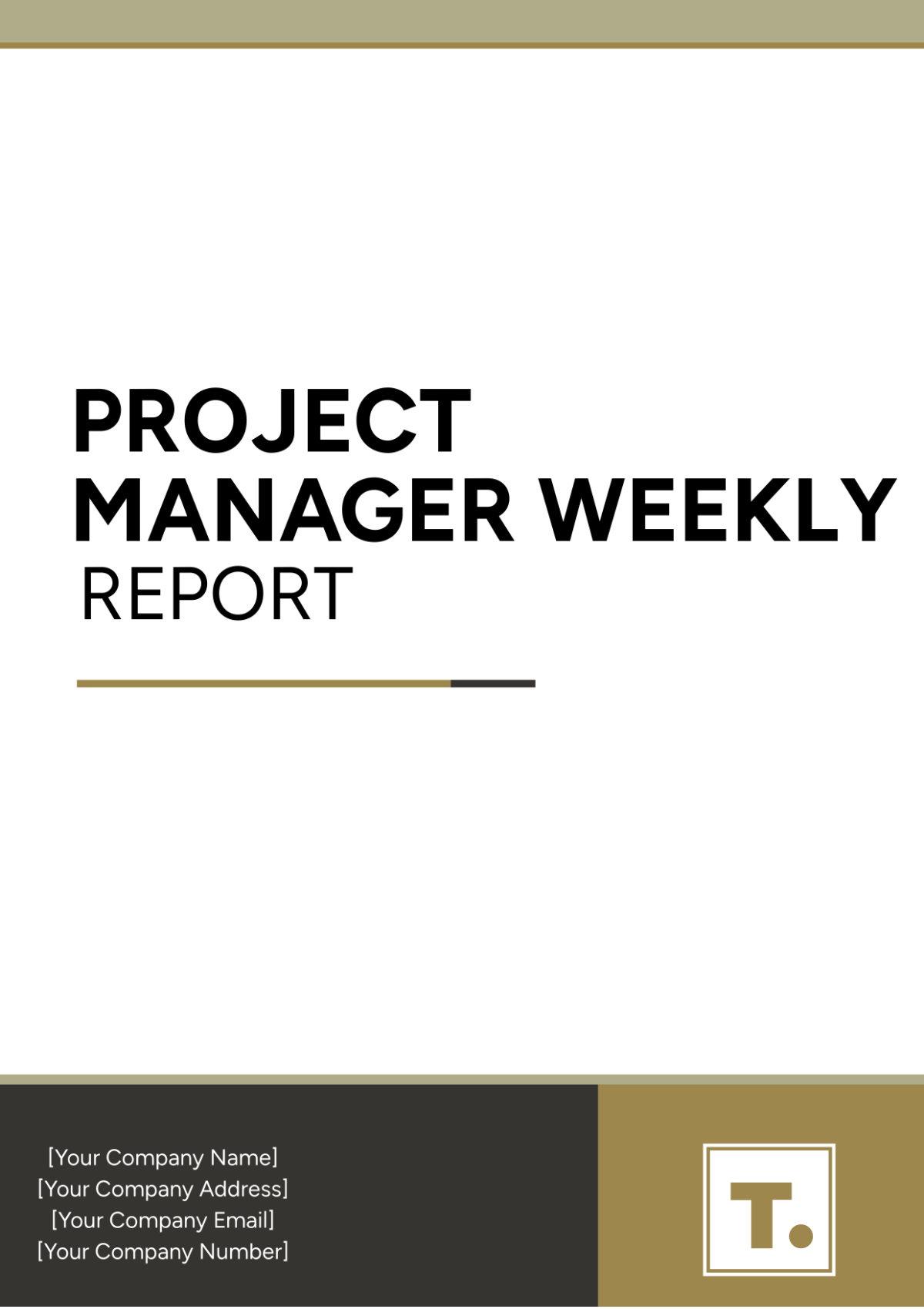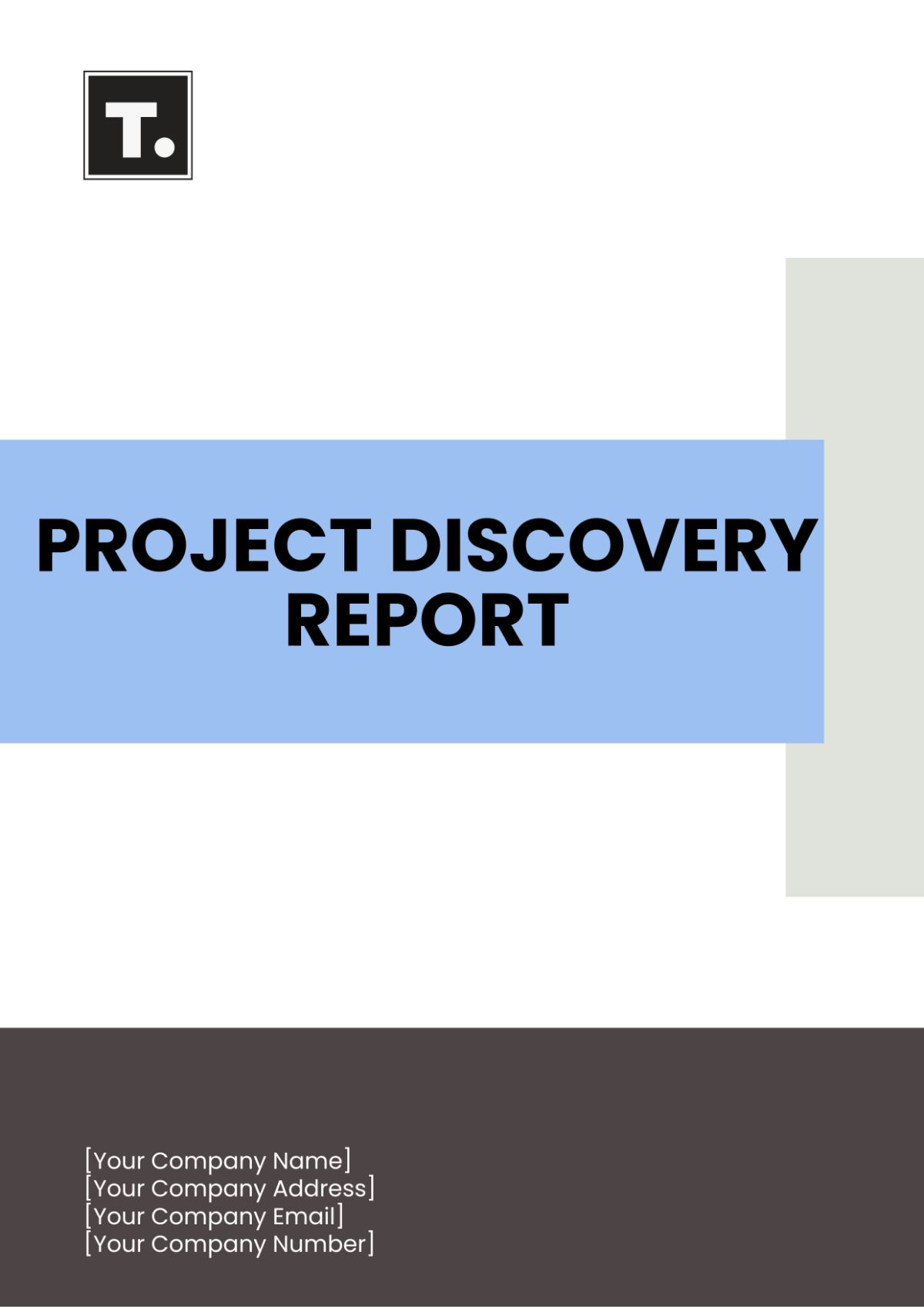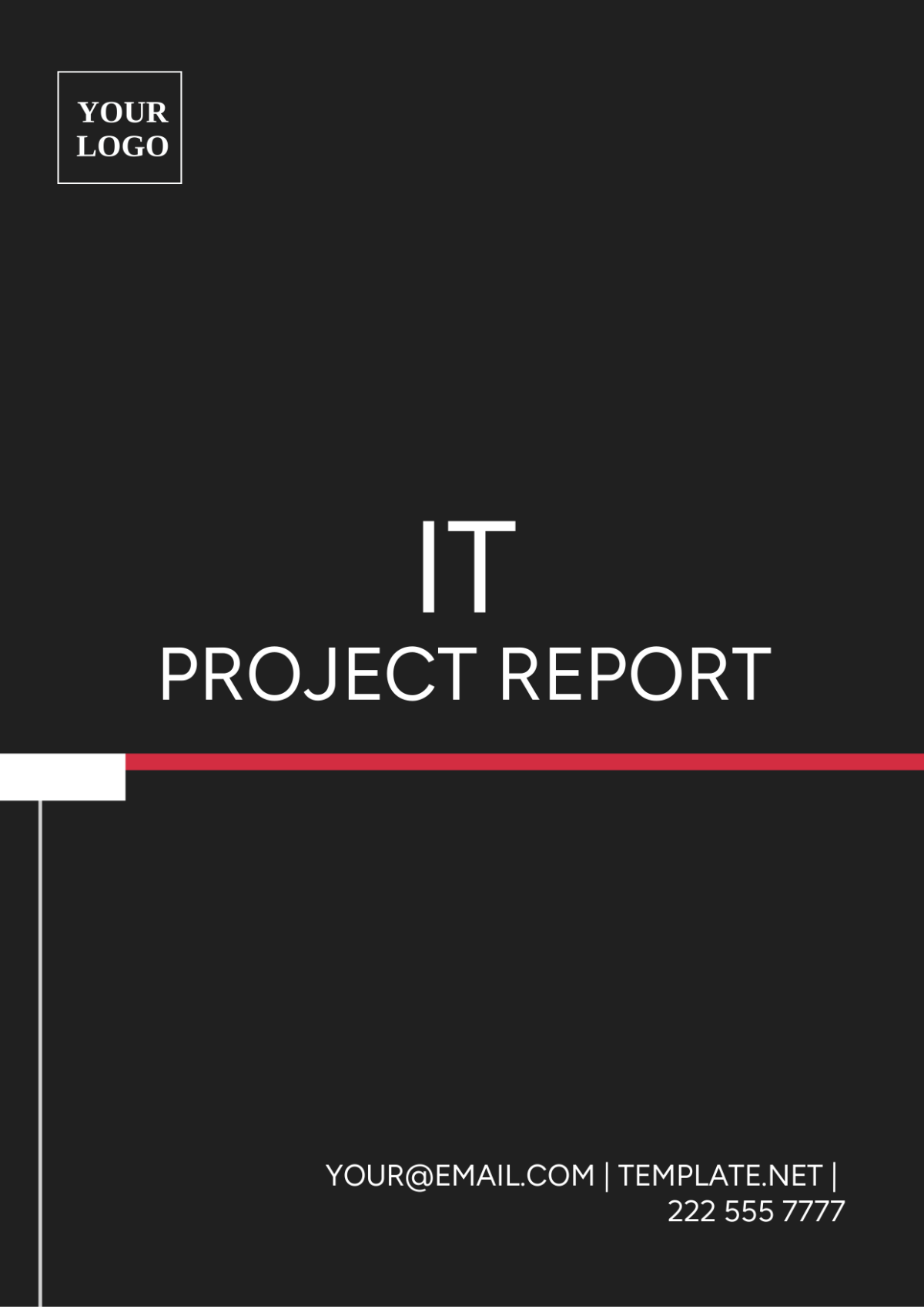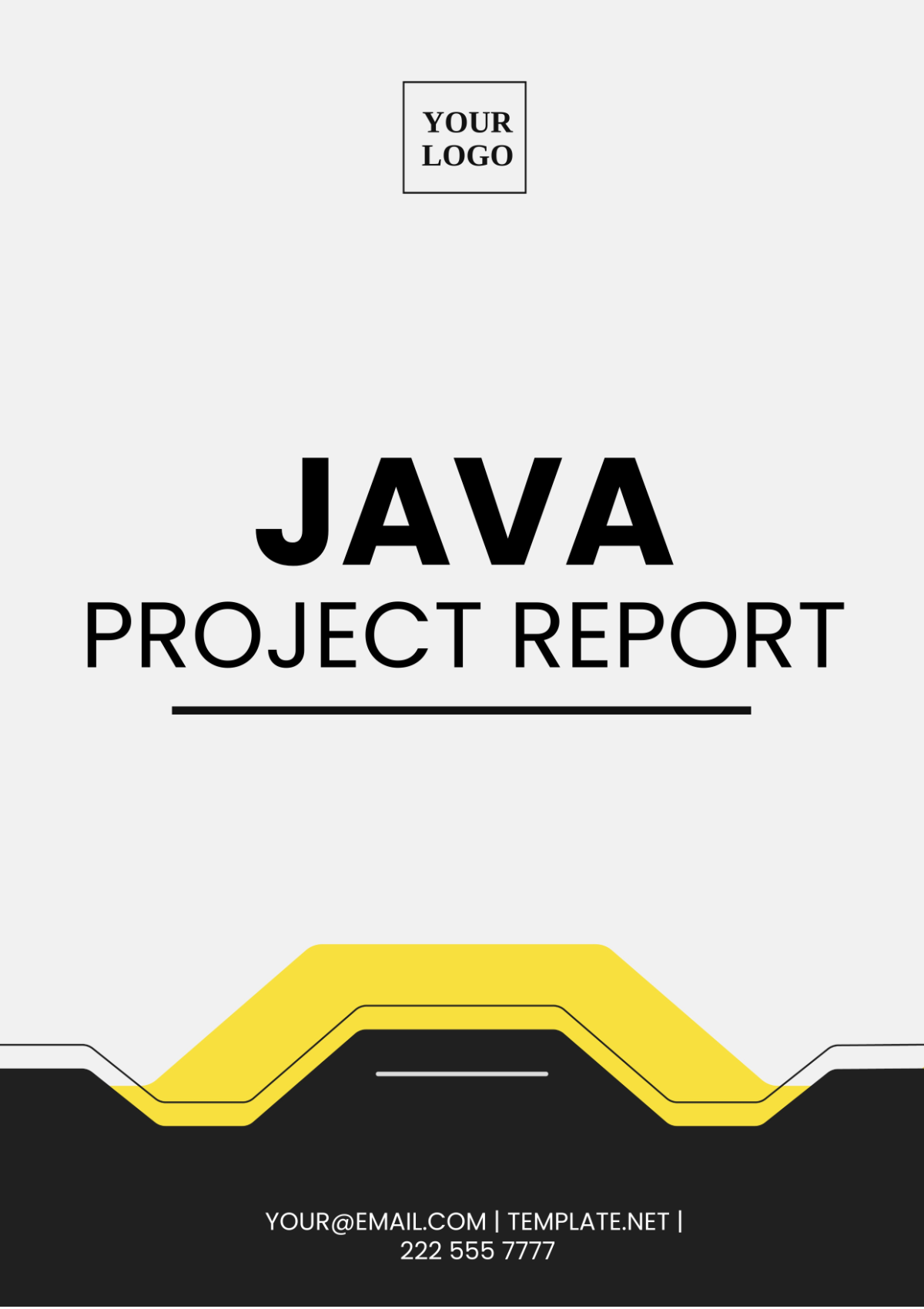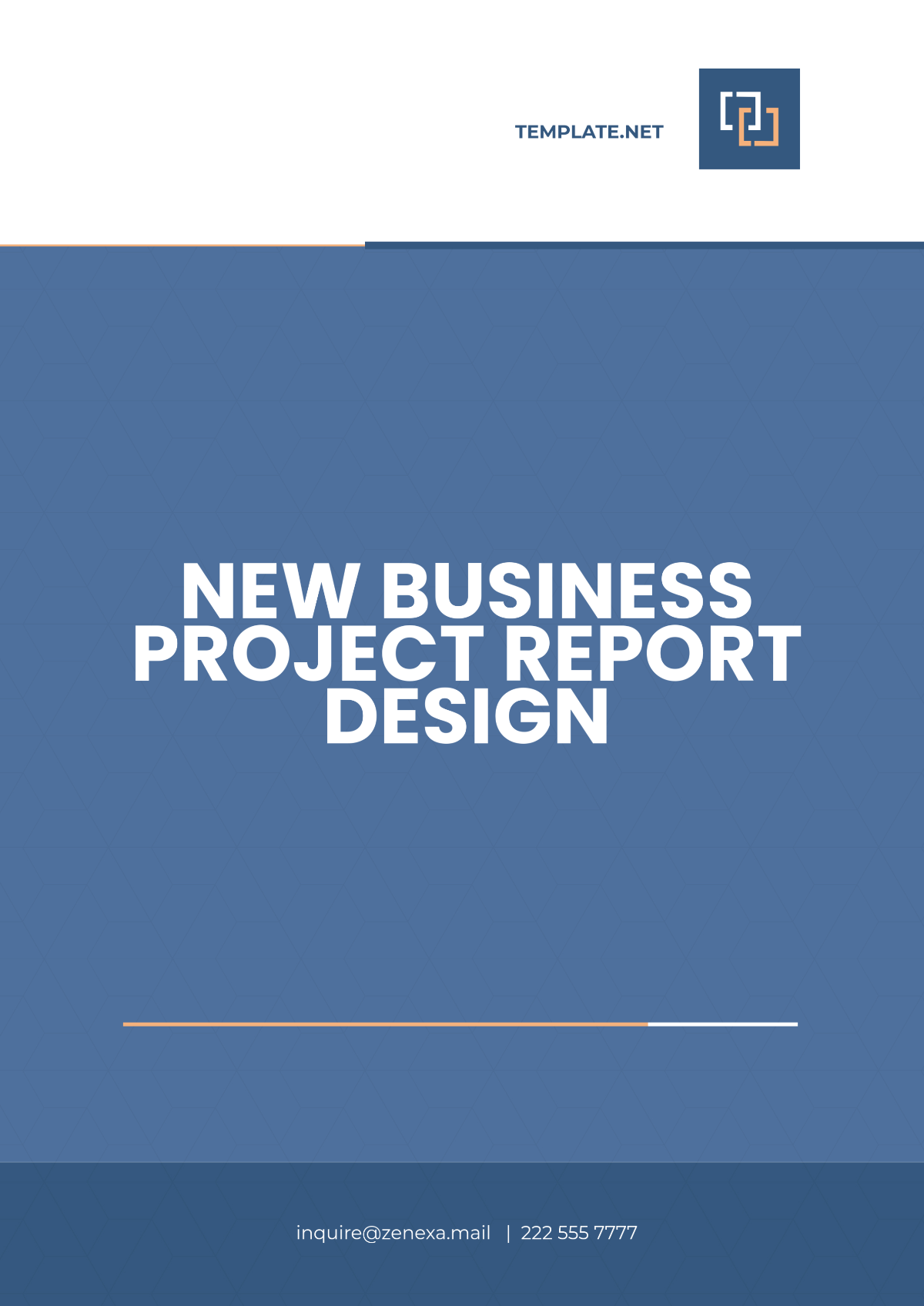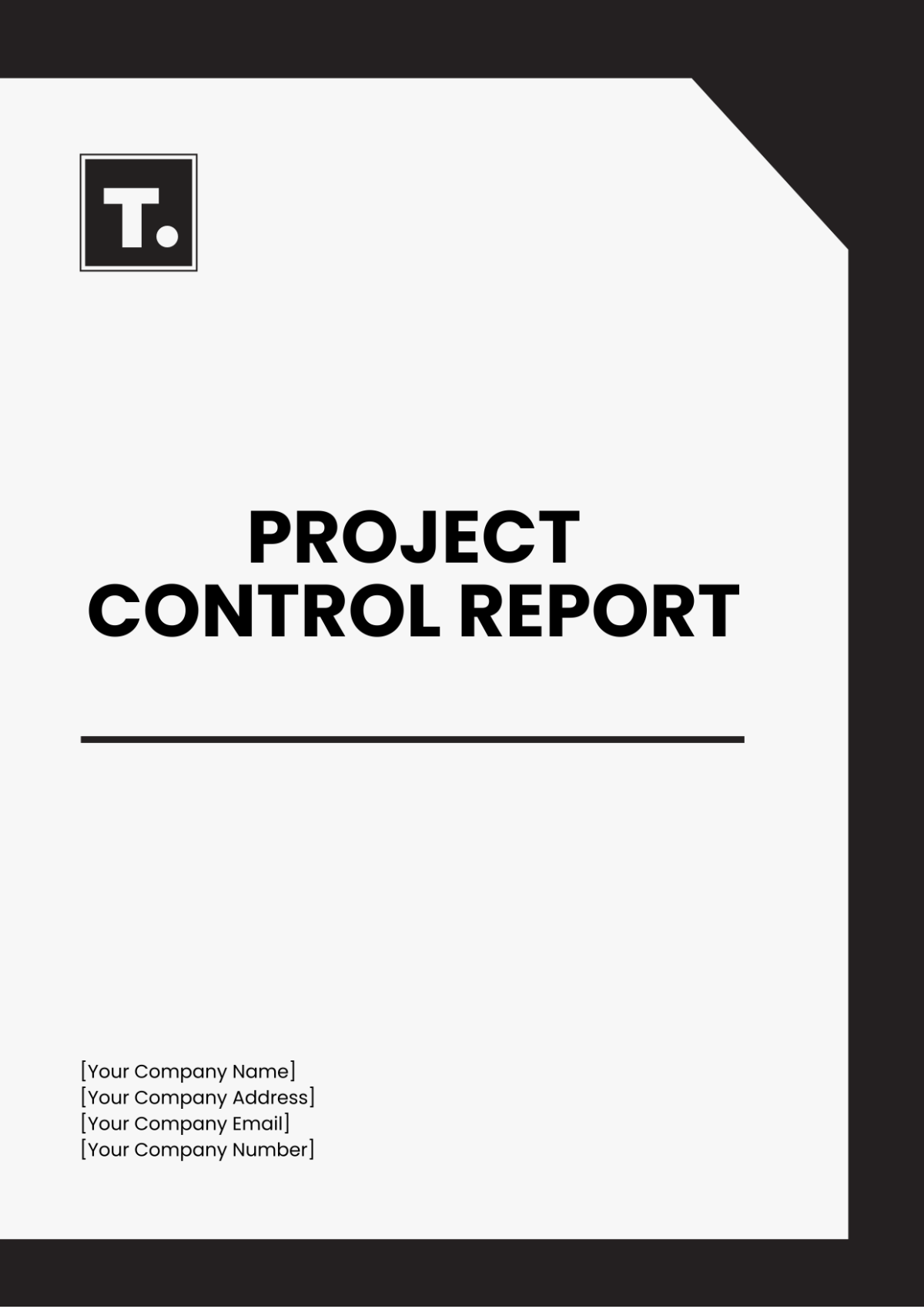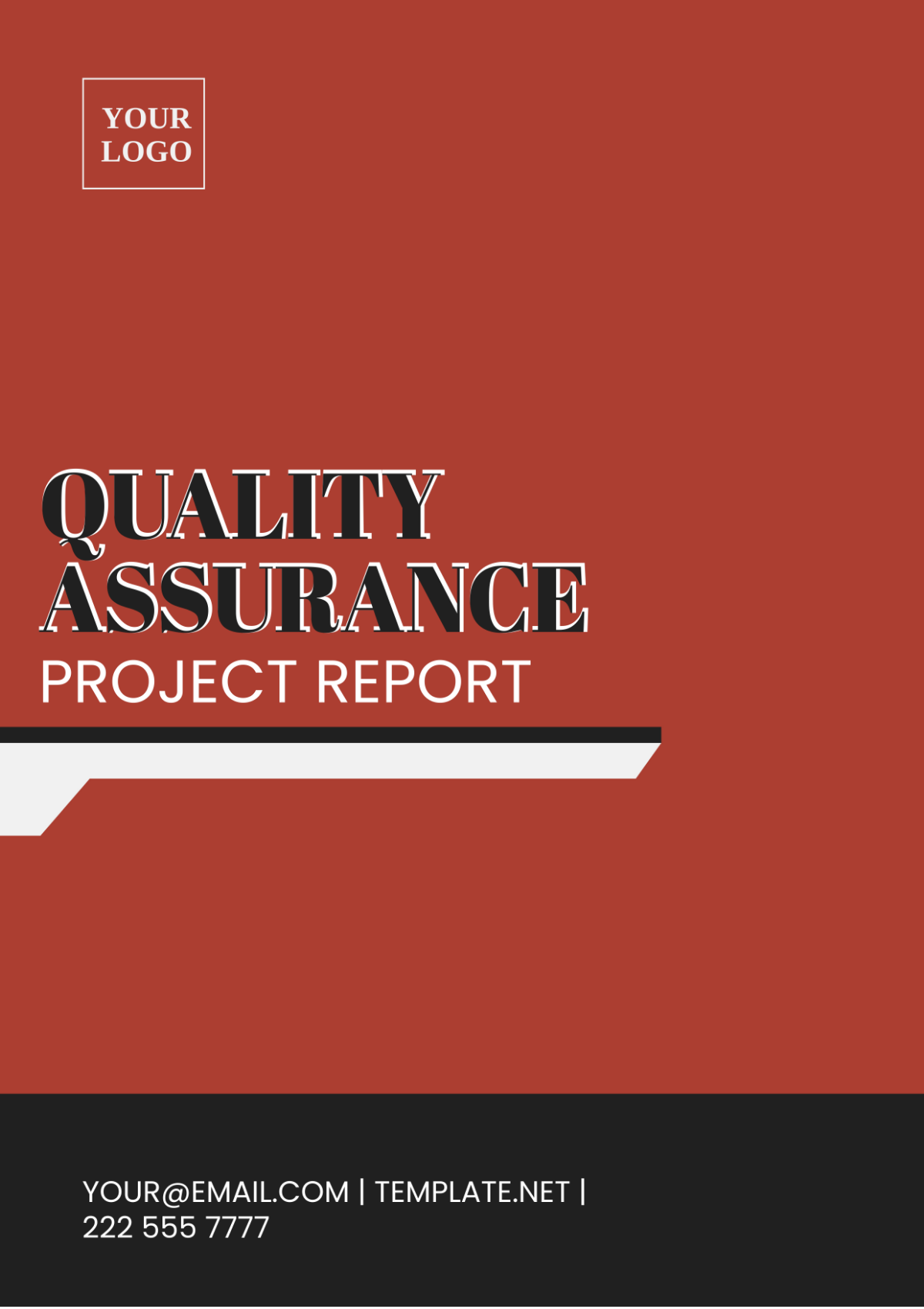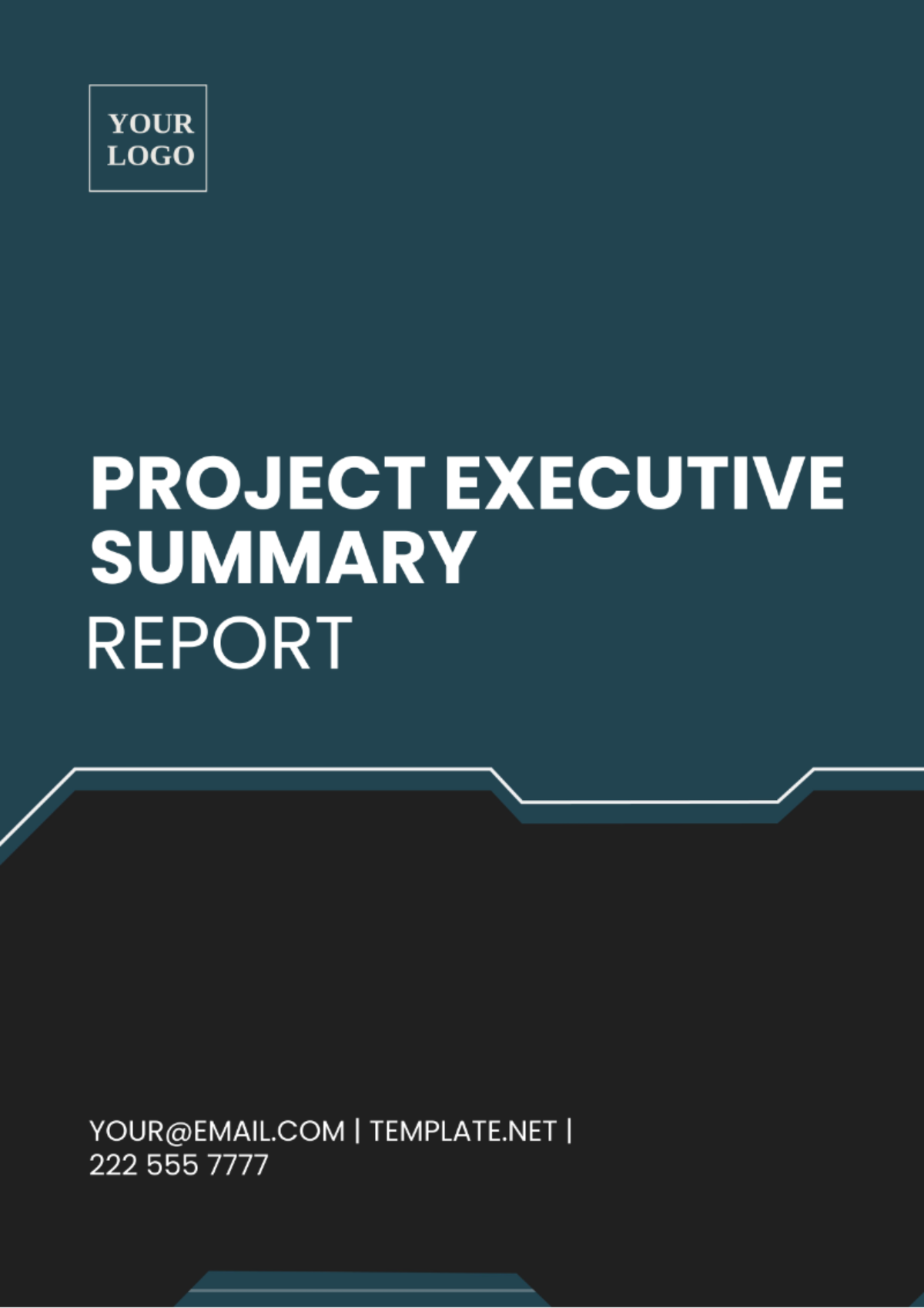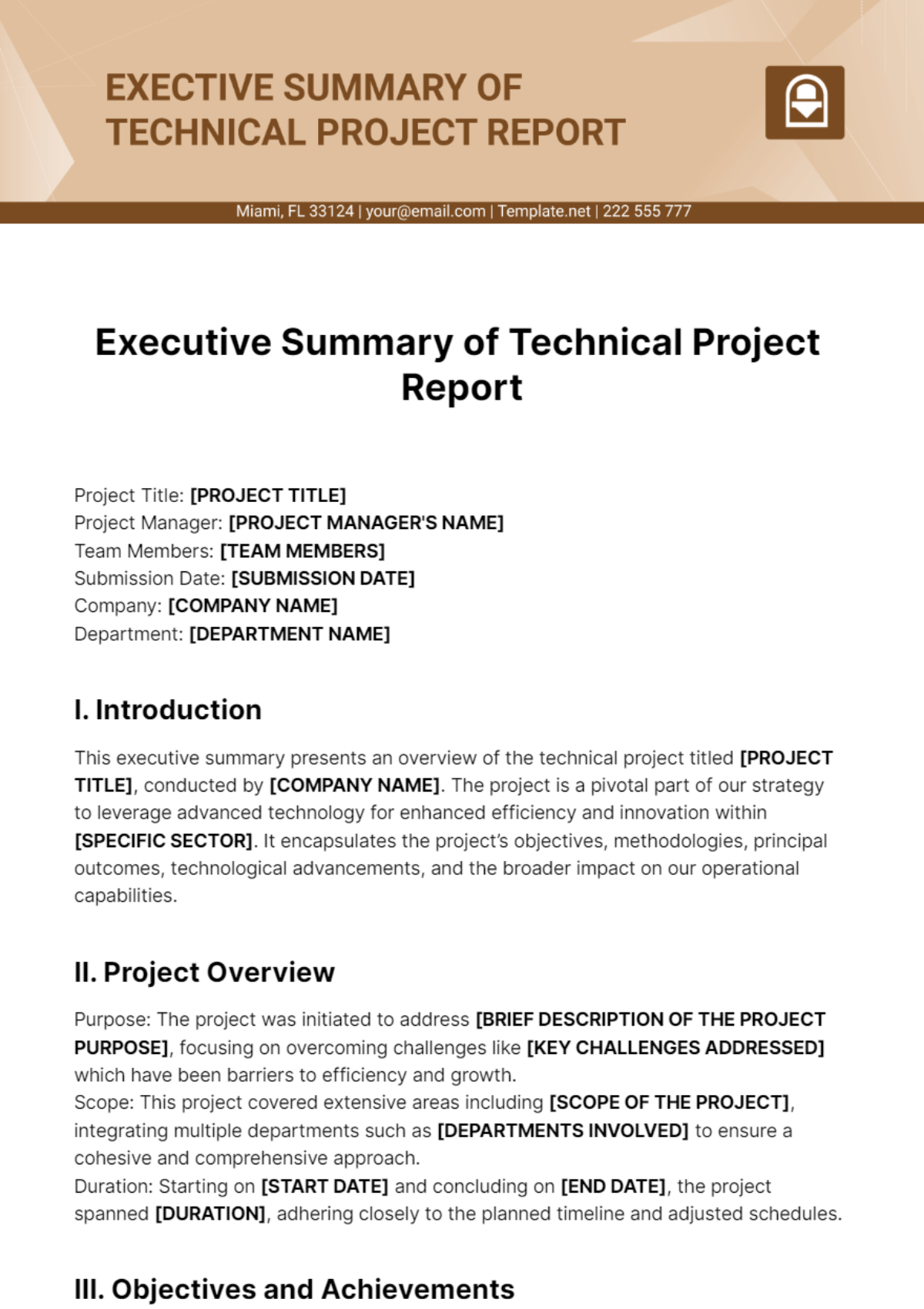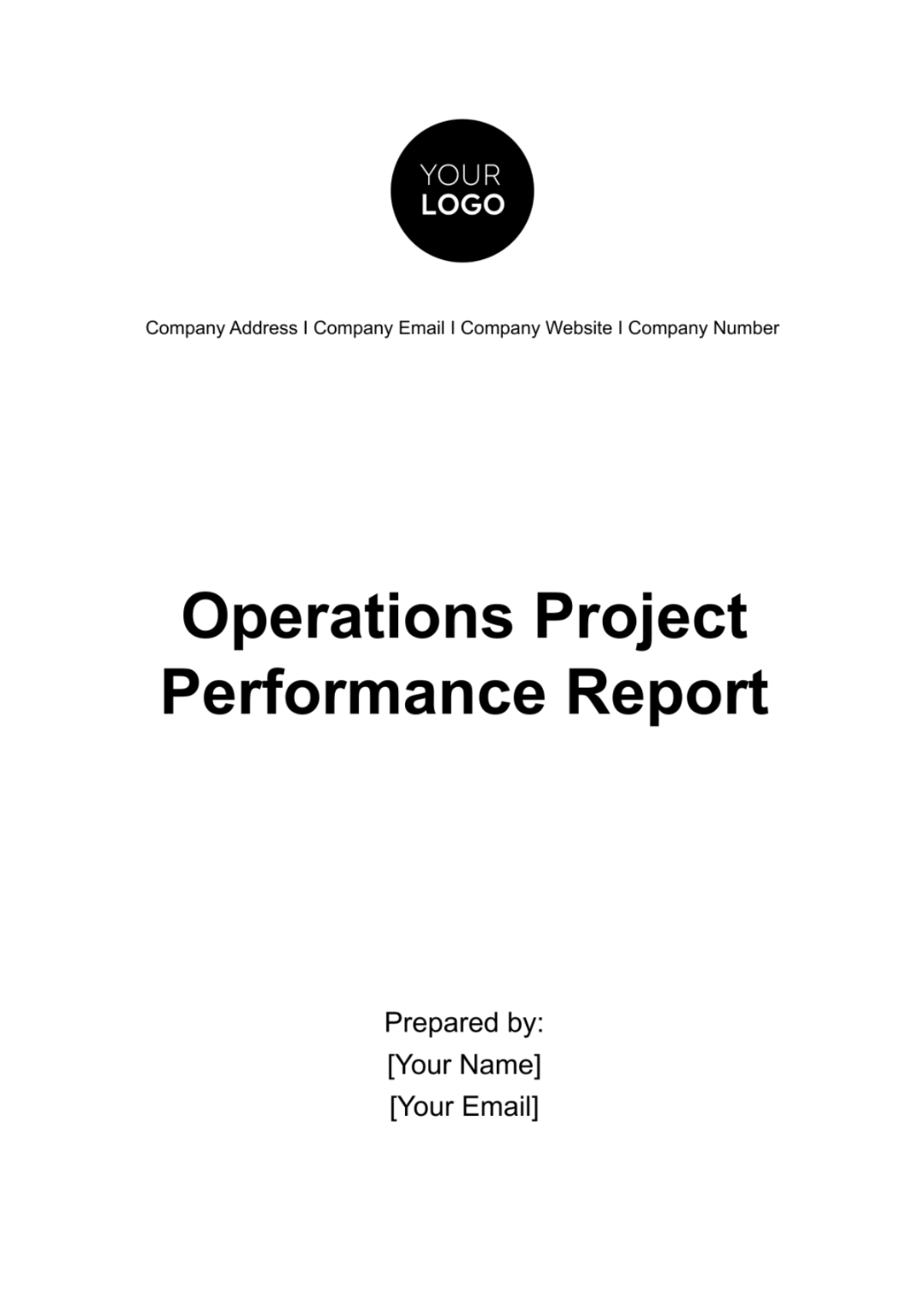Project Monitoring Report
Prepared by: [Your Company Name]
Date: September 9, 2050
I. Executive Summary
A. Project Overview
The Green Energy Development Project is a significant renewable energy infrastructure initiative undertaken by [Your Company Name]. This project aims to develop a total capacity of 500 megawatts (MW) of solar energy in the state of California, targeting a substantial contribution to the state's renewable energy goals. The project was officially launched in January 2050, and the planned completion date is December 2052. The overarching goal is to provide clean, sustainable energy to over [200,000] households, thereby significantly reducing carbon emissions by approximately [1.2 million] tons annually. This ambitious project encompasses the construction of large-scale solar farms, state-of-the-art energy storage systems, and an extensive transmission network to integrate the generated electricity into the existing grid infrastructure.
B. Monitoring Scope
The purpose of this monitoring report is to deliver a thorough analysis of the project's progress over the reporting period from July 2050 to September 2050. The report evaluates the project's adherence to the planned schedule, budgetary constraints, and key performance indicators (KPIs). It also addresses any deviations from the project plan, identifies challenges faced during this period, and provides recommendations for corrective actions. This comprehensive review is essential to ensure the project remains on track and meets its intended objectives within the allocated resources.
II. Project Progress Summary
A. Timeline Overview
The project’s timeline is crucial for tracking its progress and ensuring that all phases are completed as planned. The table below provides a detailed comparison of the original project schedule with the current progress and any deviations observed.
Phase | Planned Start Date | Planned End Date | Actual Start Date | Actual End Date | Status |
|---|---|---|---|---|---|
Planning & Design | January 2050 | March 2050 | January 2050 | March 2050 | Completed |
Procurement & Contracting | April 2050 | June 2050 | April 2050 | July 2050 | Delayed by 1 Month |
Site Preparation | July 2050 | August 2050 | July 2050 | August 2050 | On Schedule |
Solar Farm Construction (Phase 1) | September 2050 | December 2050 | September 2050 | In Progress | Ongoing |
Solar Farm Construction (Phase 2) | January 2051 | April 2051 | Not Started | Not Started | Upcoming |
Energy Storage Installation | May 2051 | October 2051 | Not Started | Not Started | Upcoming |
Grid Connection & Testing | November 2051 | December 2052 | Not Started | Not Started | Upcoming |
B. Key Milestones Achieved
Throughout the reporting period, several critical milestones have been achieved, contributing to the overall success of the project:
Planning & Design Phase Completion (March 2050): The planning and design phase was successfully concluded as scheduled. The project team obtained all necessary approvals and permits from local authorities, ensuring a smooth transition to the procurement phase.
Procurement Delays (July 2050): The procurement phase experienced a delay of one month due to disruptions in the global supply chain. However, alternative sourcing strategies were employed to mitigate the impact on the project schedule.
Site Preparation (August 2050): Site preparation activities, including land clearing and initial groundwork, were completed on schedule. The site is now ready for the commencement of the construction phase.
III. Budget Analysis
A. Initial Budget Overview
The initial budget allocation for the Green Energy Development Project was [$500 million]. This budget was distributed across various project phases, ensuring that resources were appropriately allocated to achieve the project's objectives. The following table outlines the original budget breakdown:
Category | Allocated Budget ($) | Percentage of Total |
|---|---|---|
Planning & Design | [$50 million] | [10%] |
Procurement & Equipment | [$200 million] | [40%] |
Construction & Installation | [$180 million] | [36%] |
Testing & Commissioning | [$30 million] | [6%] |
Contingency | [$40 million] | [8%] |
Total | [$500 million] | [100%] |
B. Current Expenditure
As of September 2050, the project has incurred [$210 million] in expenditures. The breakdown of these expenditures is detailed below:
Category | Planned Spending ($) | Actual Spending ($) | Variance |
|---|---|---|---|
Planning & Design | [$50 million] | [$50 million] | On Target |
Procurement & Equipment | [$100 million] | [$110 million] | [+$10 million] |
Construction & Installation | [$40 million] | [$30 million] | [-$10 million] |
Total | [$190 million] | [$210 million] | [+$20 million] |
C. Variances and Explanations
Several variances have been identified in the budget, necessitating detailed explanations:
Procurement Costs: An additional [$10 million] was spent on procurement due to higher-than-expected prices for solar panels and inverters. This increase was largely due to supply chain constraints and global market fluctuations. To address this, [Your Company Name] has explored alternative suppliers and negotiated better terms for future purchases.
Construction Costs: The construction phase has seen a cost under-run of [$10 million]. This cost saving is attributed to efficient management and completion of site preparation activities ahead of the planned schedule. The saved funds are being reallocated to cover the increased procurement costs.
IV. Risk Management
A. Identified Risks
A thorough risk assessment has identified several risks that could impact the project's success. These risks are categorized and described in detail below:
Supply Chain Disruptions: The global supply chain has faced significant disruptions, particularly affecting the availability and cost of key materials such as solar panels. To mitigate this risk, [Your Company Name] has diversified its supplier base and established contingency plans for alternative sourcing.
Regulatory Changes: Local environmental regulations and policies may change, potentially imposing additional costs or delays. [Your Company Name] is actively engaging with regulatory bodies to stay informed about any upcoming changes and ensure compliance with all relevant regulations.
Weather-Related Delays: Adverse weather conditions, such as heavy rainfall or extreme temperatures, could delay construction activities. The project schedule includes buffer periods to account for potential weather-related disruptions. Additionally, construction activities are being scheduled to minimize the impact of weather conditions.
Cost Overruns: Rising global inflation rates may lead to cost overruns in various project phases. To manage this risk, [Your Company Name] is implementing rigorous budget monitoring and control measures. Adjustments to budget allocations are made as needed to ensure financial stability.
B. Mitigation Strategies
To address the identified risks, the following mitigation strategies have been implemented:
Supplier Diversification: Multiple suppliers are being engaged to reduce dependency on any single source. This strategy helps to ensure a steady supply of materials and mitigate the impact of supply chain disruptions.
Regulatory Compliance: [Your Company Name] maintains regular communication with local authorities and regulatory agencies. This proactive approach allows the project team to anticipate and adapt to any regulatory changes promptly.
Weather Planning: A comprehensive weather contingency plan has been developed, including alternative scheduling options and additional resources to manage weather-related delays effectively.
Cost Management: Regular financial reviews are conducted to identify and address any potential cost overruns early. Budget reallocations are made to balance overspending in one area with savings in another.
V. Performance Metrics
A. Key Performance Indicators (KPIs)
Performance metrics are essential for assessing the progress and success of the project. The following KPIs are used to evaluate the project's performance against its goals:
KPI | Target | Current Status | Remarks |
|---|---|---|---|
Solar Capacity Installed | [500] MW | 0 MW | Construction to begin September 2050 |
Households Powered | [200,000] | 0 | Expected upon project completion |
Carbon Emission Reduction | [1.2 million] tons/year | 0 tons/year | To be achieved upon completion |
Budget Utilization | [$500 million] | [$210 million] | On track with variances |
Project Completion | December 2052 | In Progress | Scheduled for completion December 2052 |
B. KPI Analysis
The analysis of KPIs provides insights into the project's performance:
Solar Capacity Installed: As of now, no solar capacity has been installed, as the construction phase is ongoing. The first solar panels are expected to be installed starting September 2050.
Households Powered: The target of powering [200,000] households will be met upon the project's completion. This metric will be updated as the solar farms are brought online.
Carbon Emission Reduction: The anticipated reduction in carbon emissions will be realized once the solar farms are operational. This reduction will be monitored continuously to ensure the project's environmental impact goals are met.
Budget Utilization: Current budget utilization is within acceptable limits, with a variance that is being managed effectively. The project team is closely monitoring expenditures to ensure alignment with the overall budget.
Project Completion: The project remains on schedule with a planned completion date of December 2052. Regular updates will be provided to ensure the timeline is maintained.
VI. Challenges and Issues
A. Challenges Faced
Several challenges have been encountered during the reporting period:
Supply Chain Disruptions: Global supply chain issues have caused delays in the procurement phase, impacting the overall project schedule. The project team has addressed this by sourcing materials from alternative suppliers and expediting deliveries.
Permitting Delays: Unforeseen delays in obtaining certain permits from local authorities have impacted the project timeline. To mitigate this, the team has engaged in continuous dialogue with regulatory agencies to expedite the permit approval process.
Increased Material Costs: Rising costs for materials, such as solar panels and inverters, have posed financial challenges. The project team is negotiating better terms with suppliers and exploring cost-saving measures to manage these increases effectively.
B. Resolution Strategies
To overcome the challenges faced, the following strategies have been implemented:
Supplier Management: Efforts have been made to strengthen relationships with multiple suppliers to ensure a reliable supply of materials. Additionally, contracts are being reviewed to identify cost-saving opportunities.
Regulatory Engagement: The project team has increased its engagement with local regulatory bodies to expedite permit approvals and address any concerns proactively.
Cost Control Measures: A thorough review of material costs has been conducted, leading to the identification of cost-saving opportunities and adjustments in procurement strategies.
VII. Recommendations
A. Increase Supplier Diversity
To mitigate the risk of future supply chain disruptions, it is recommended that [Your Company Name] explore additional suppliers for critical materials. Engaging with a diverse range of suppliers can help reduce dependency on any single source and ensure a more reliable supply chain. This approach will also provide opportunities for negotiating better terms and prices.
B. Weather Contingency Planning
A more detailed weather contingency plan should be developed, with clear alternative actions during adverse weather conditions. This plan should include specific protocols for rescheduling construction activities, securing equipment, and managing any potential delays caused by severe weather events.
C. Cost Management
Regular budget reviews should be conducted to ensure that cost overruns in one phase are balanced by savings in another. Implementing a robust financial management system will help track expenditures closely and make necessary adjustments to maintain the project’s financial health. Additionally, exploring opportunities for cost optimization and efficiency improvements will contribute to overall budget adherence.
VIII. Conclusion
A. Summary of Progress
As of September 2050, the Green Energy Development Project is progressing according to the planned schedule, with significant milestones achieved in the planning and design phases. Despite some delays in procurement, the project remains on track to meet its overall objectives. The construction phase is underway, and efforts are being made to address challenges and ensure timely completion.
B. Future Outlook
Looking ahead, the focus will shift to the successful execution of the construction phase, including the installation of solar panels and energy storage systems. [Your Company Name] will continue to monitor the project's progress closely, address any emerging issues, and implement recommendations to ensure the project's success.
C. Next Steps
The next monitoring report will cover the period from October 2050 to December 2050. This report will provide an updated assessment of the project's progress, including the completion of the first phase of construction and any developments in the procurement and installation processes.
